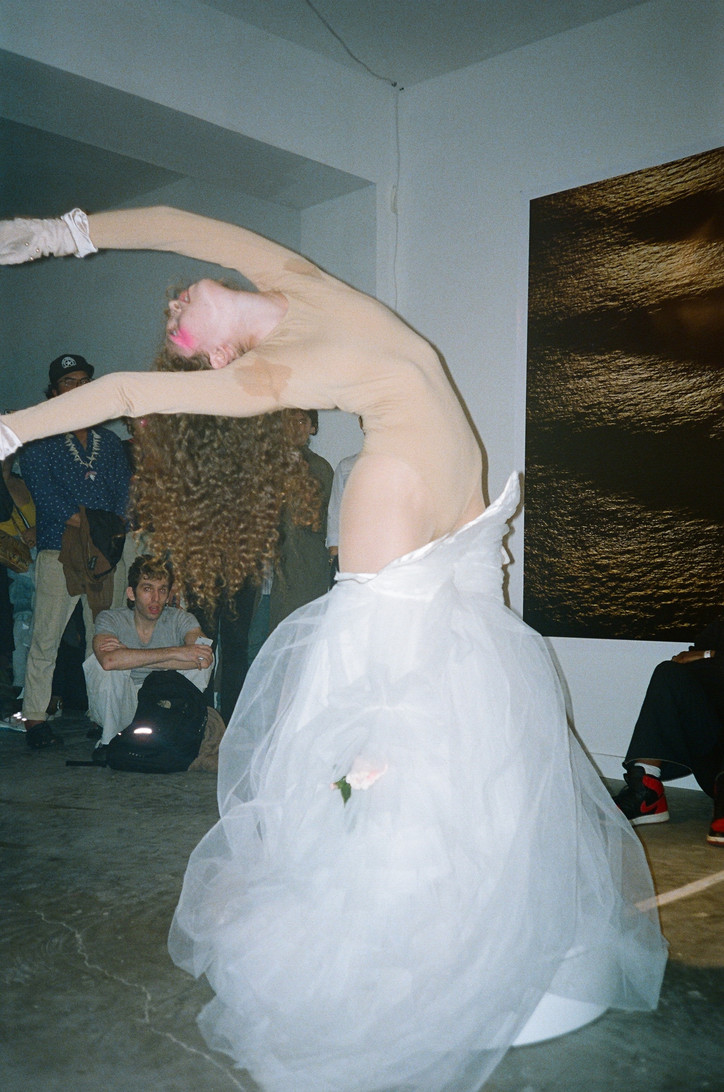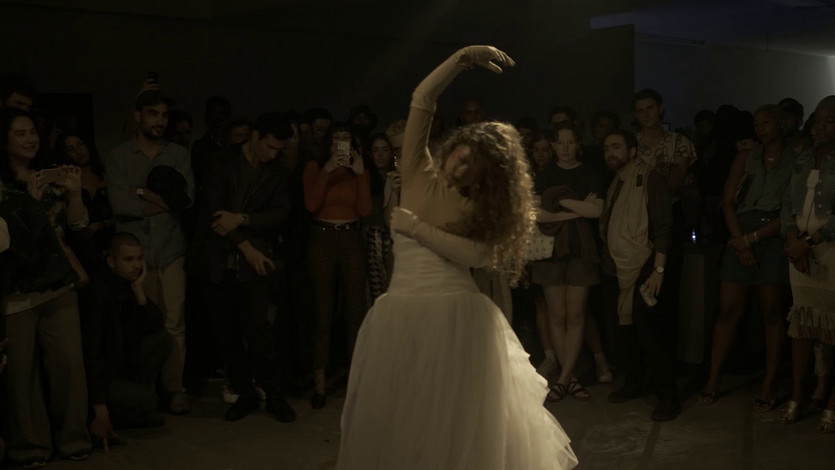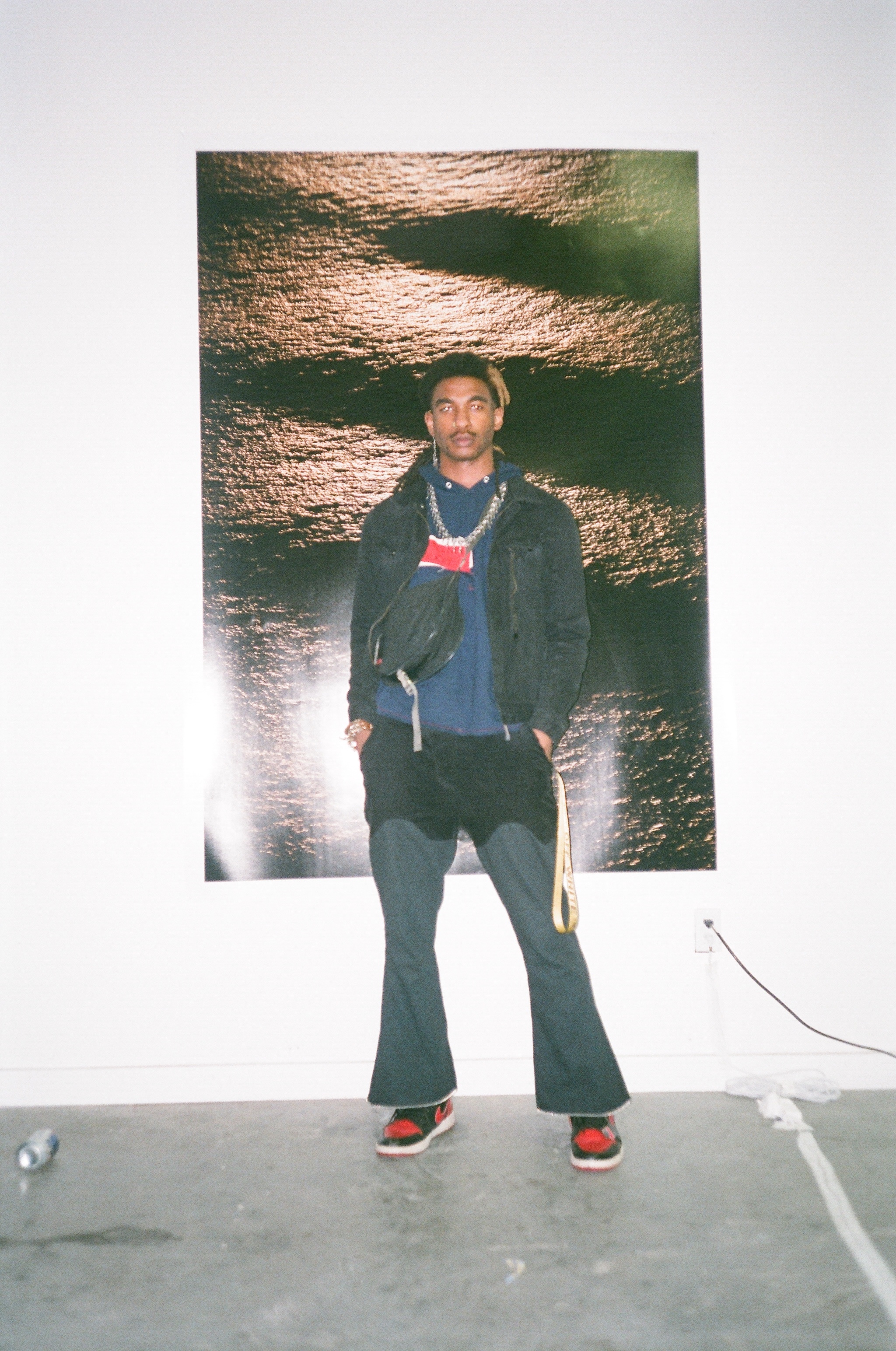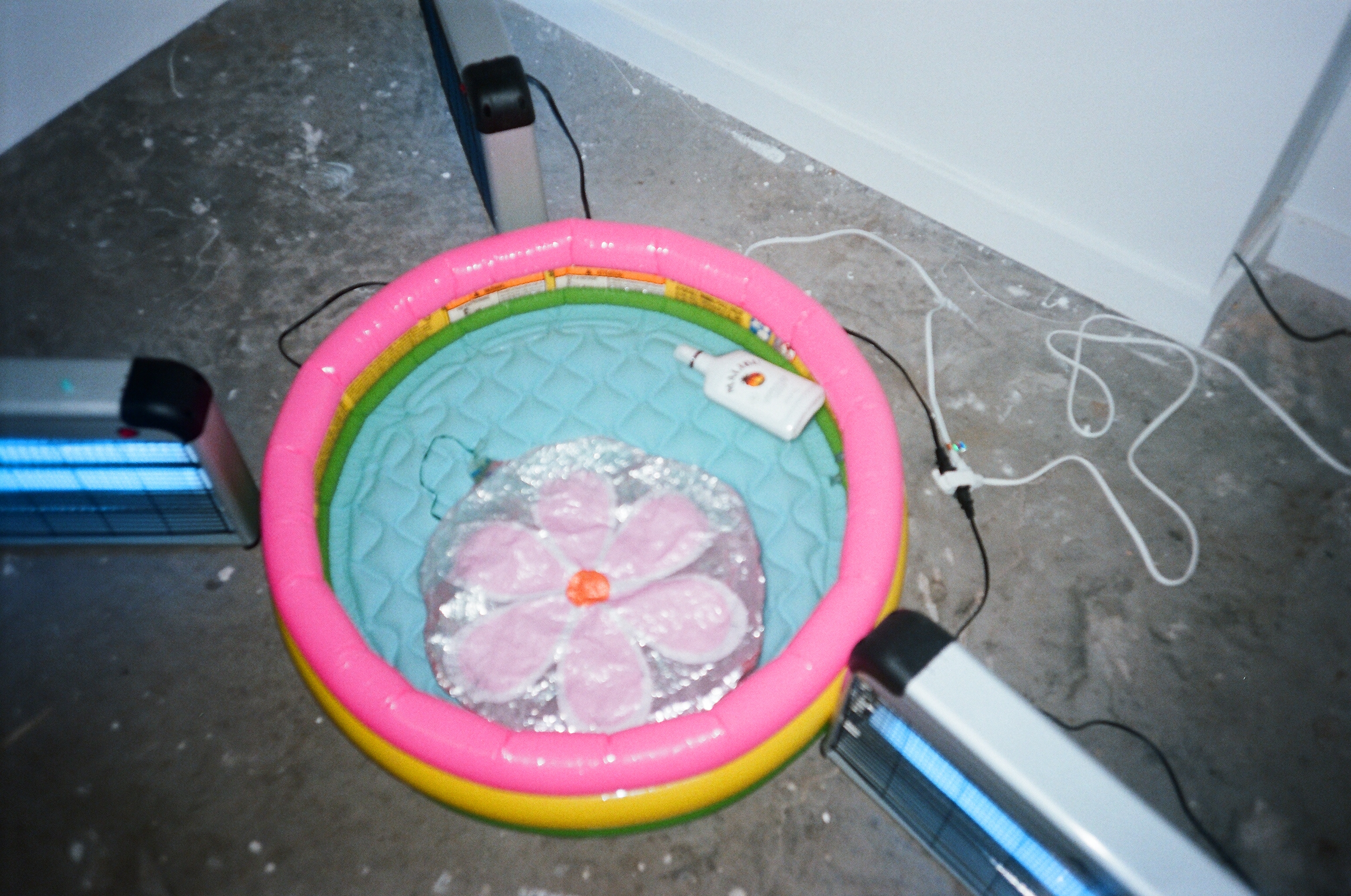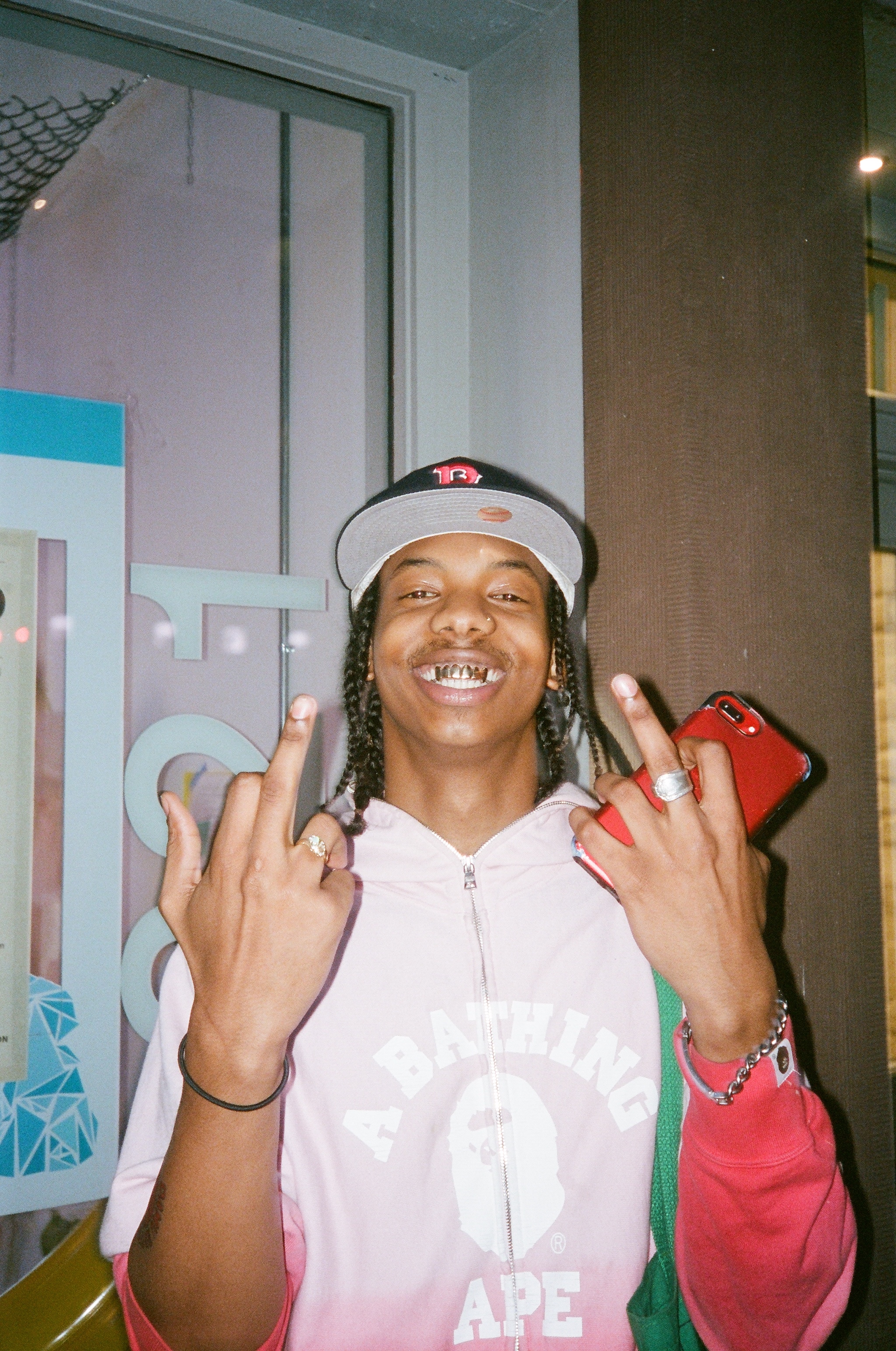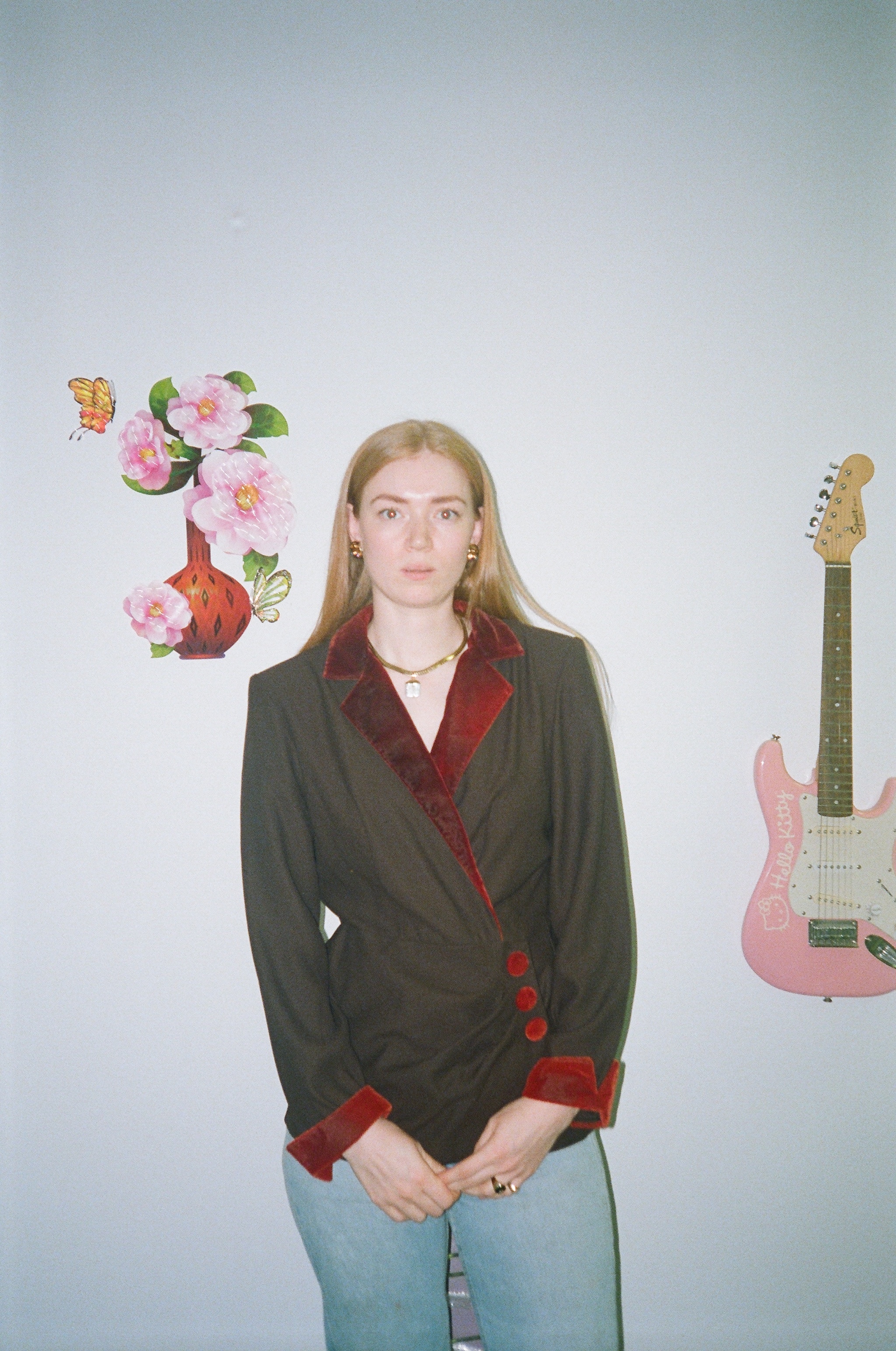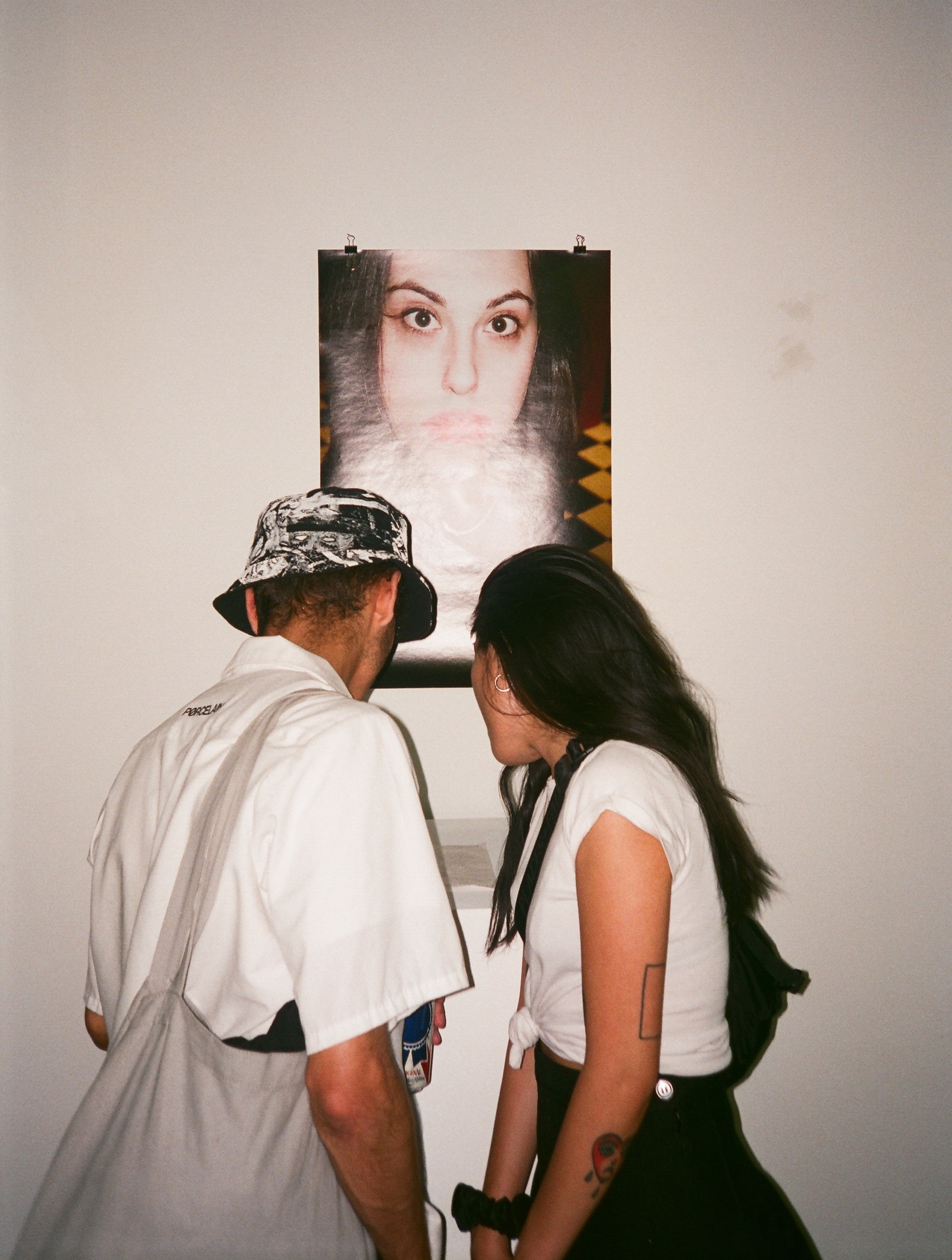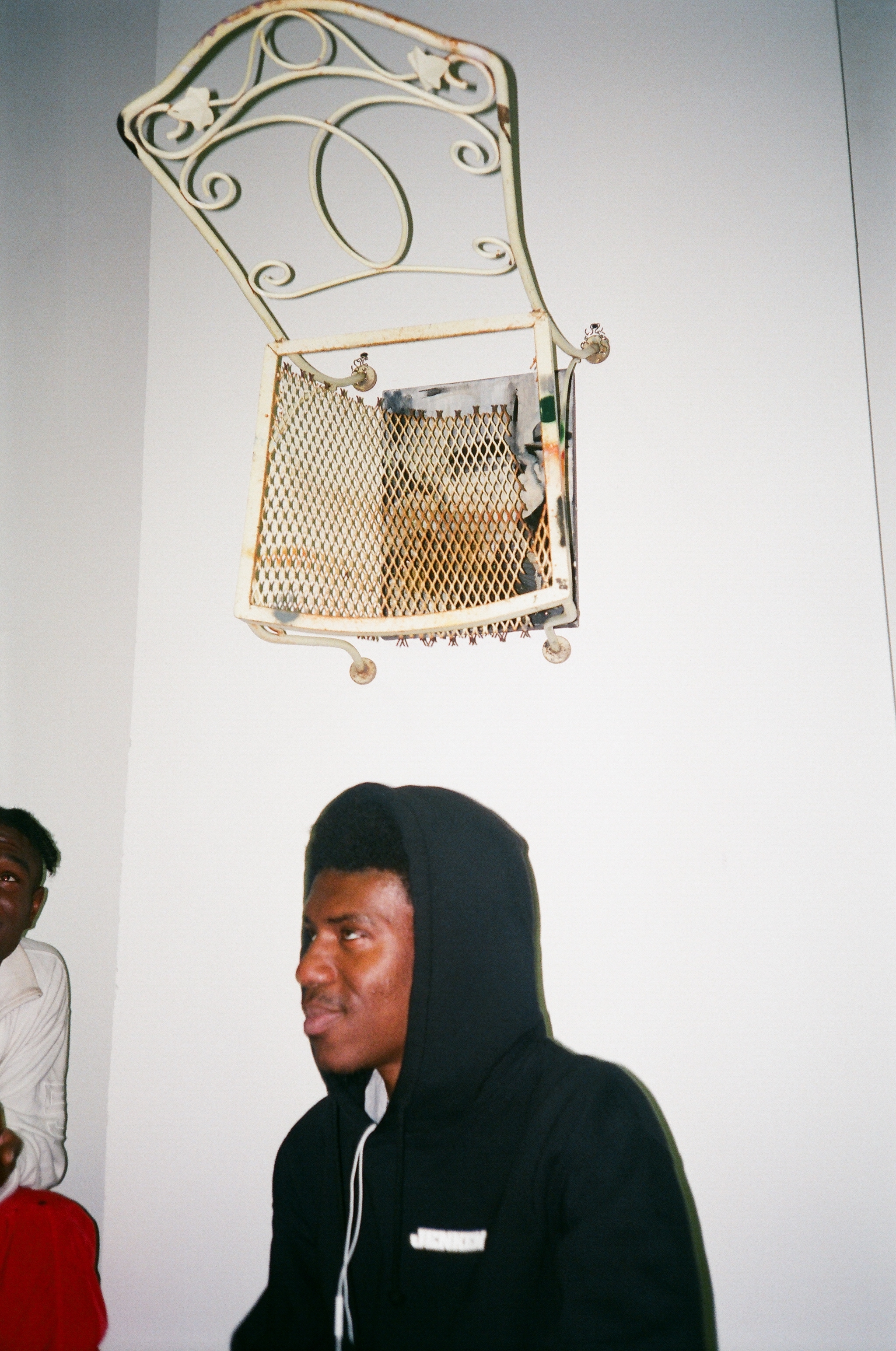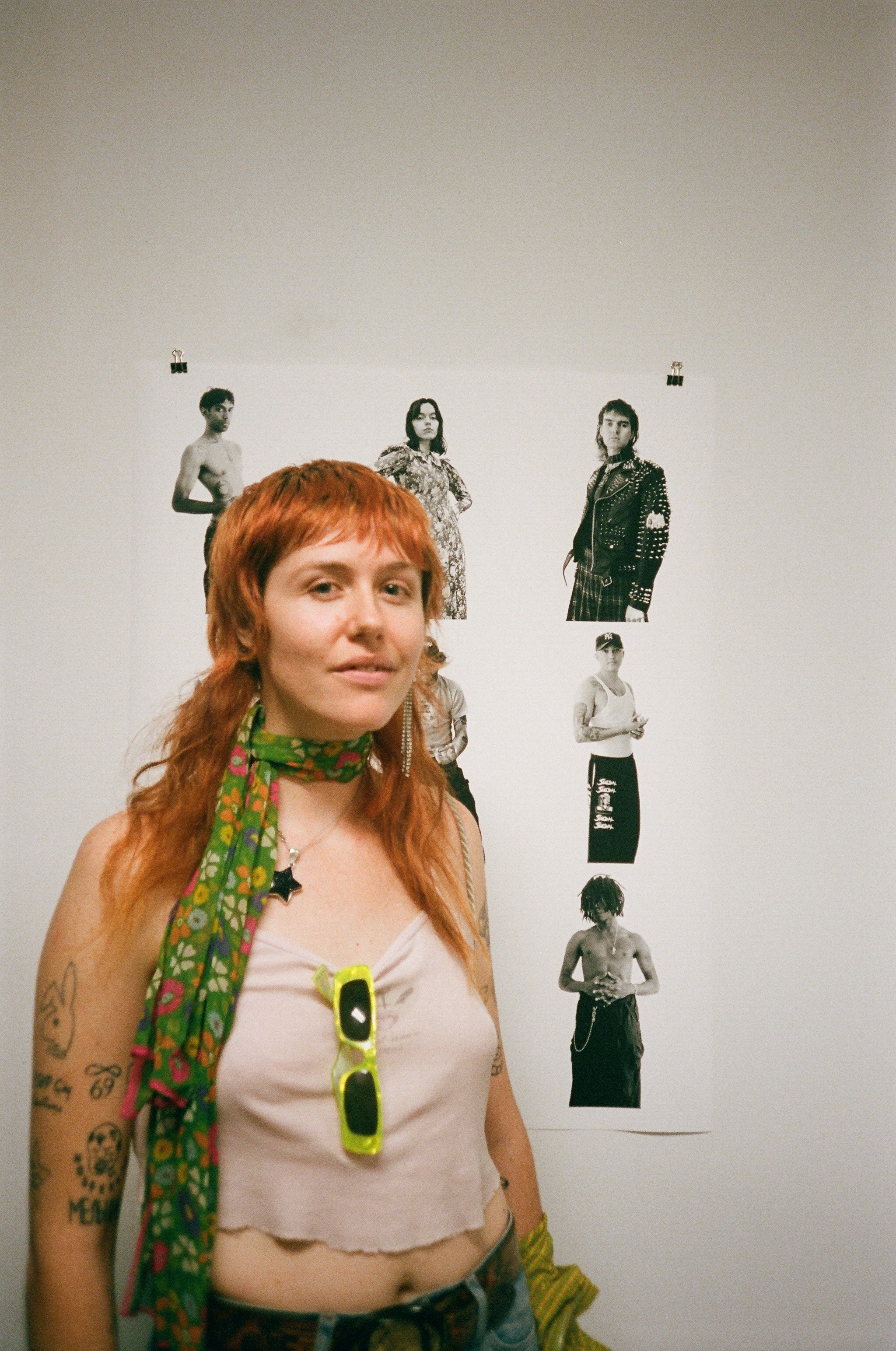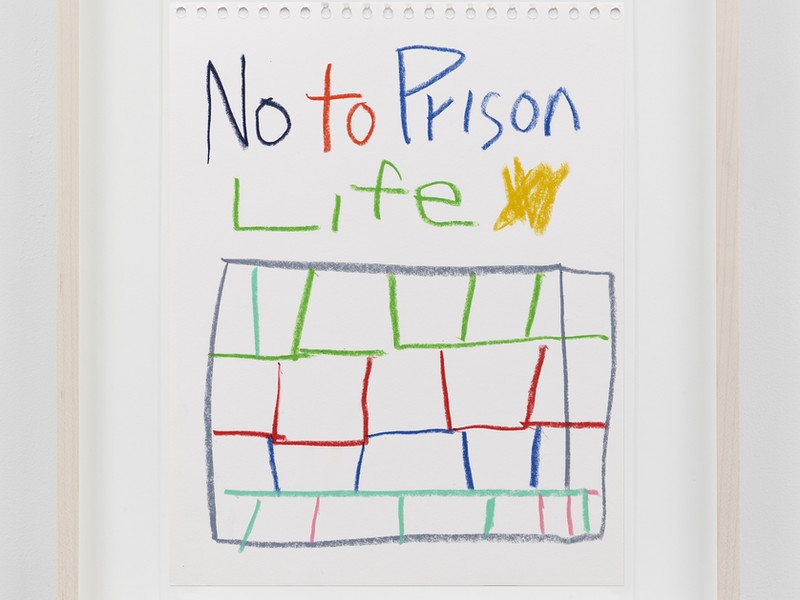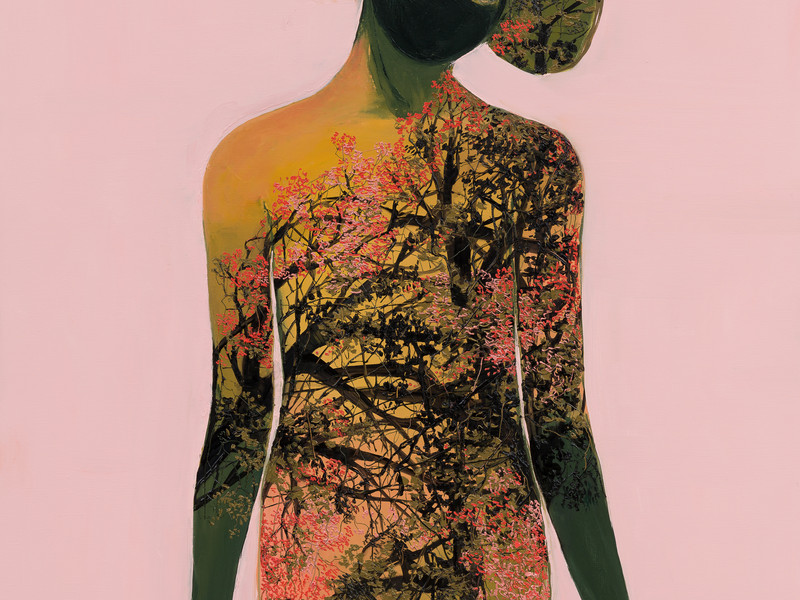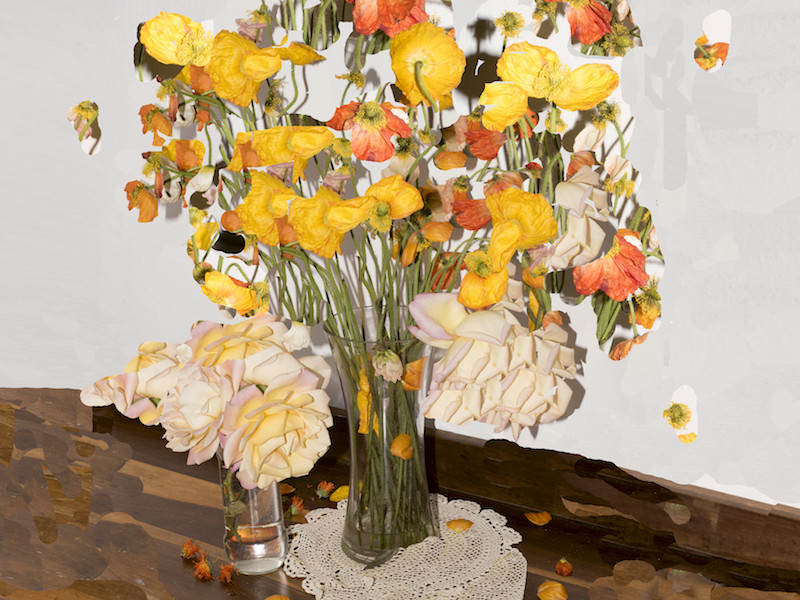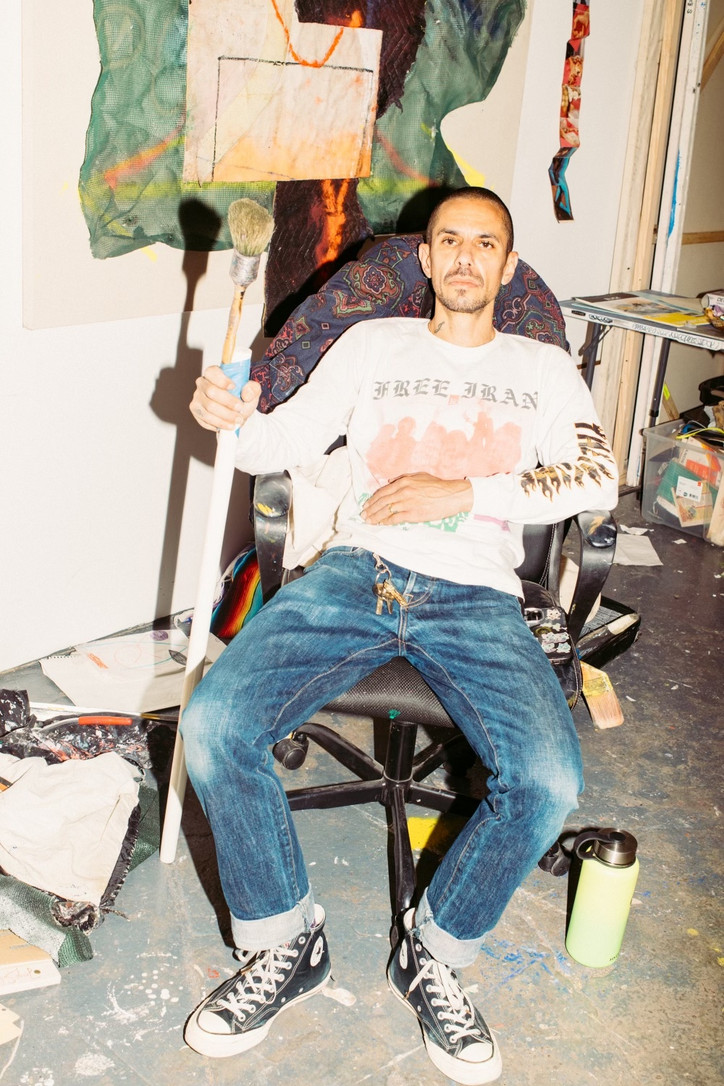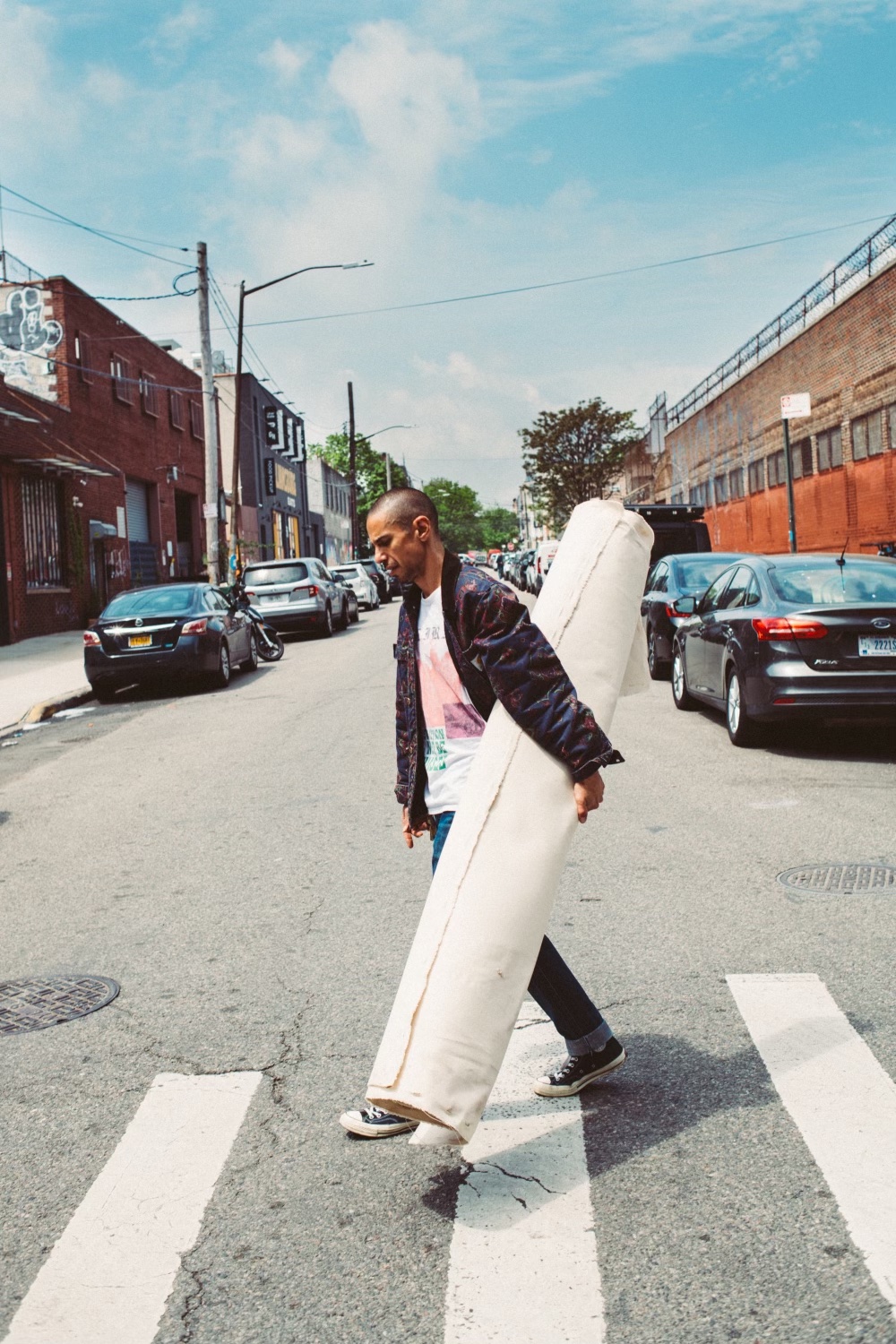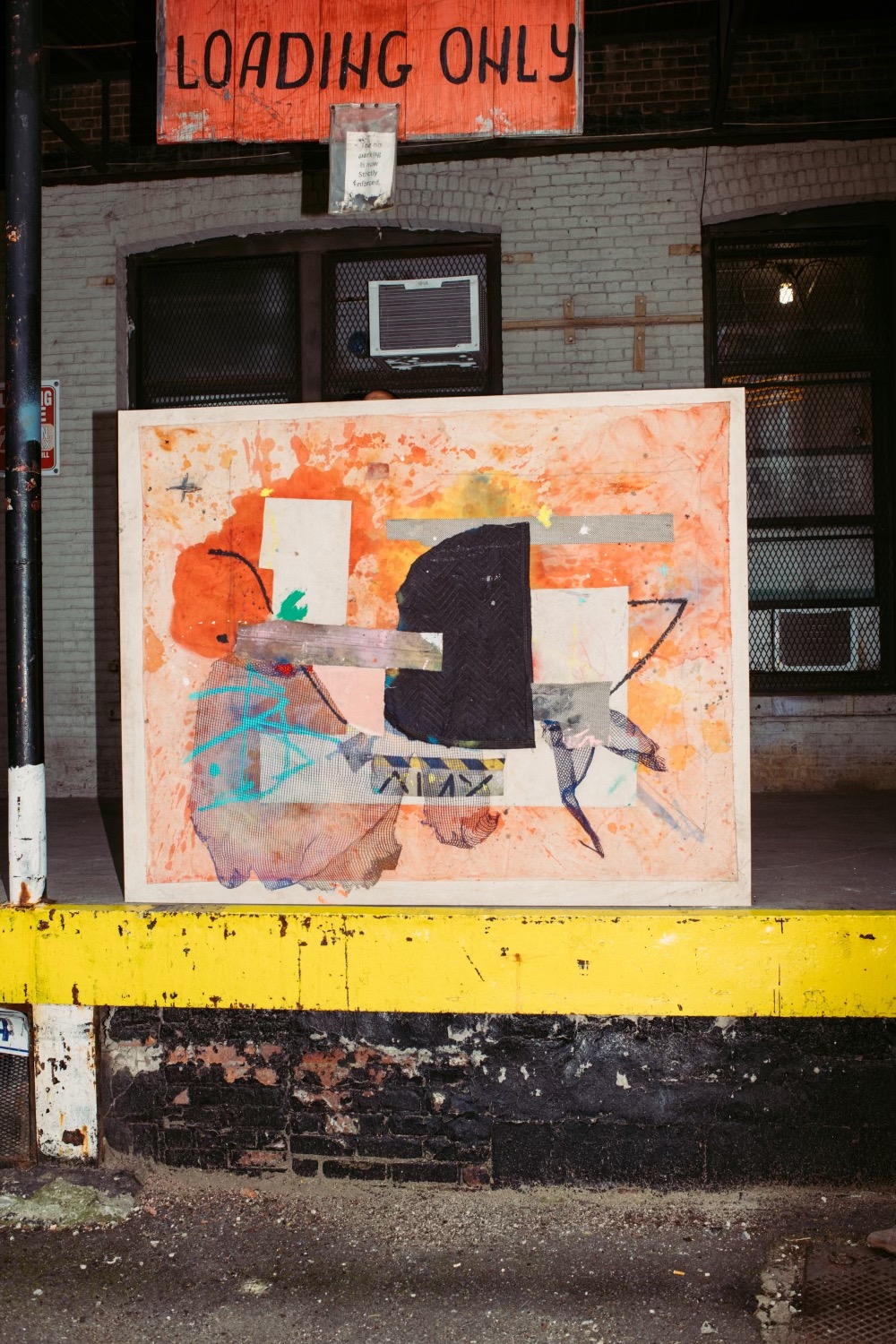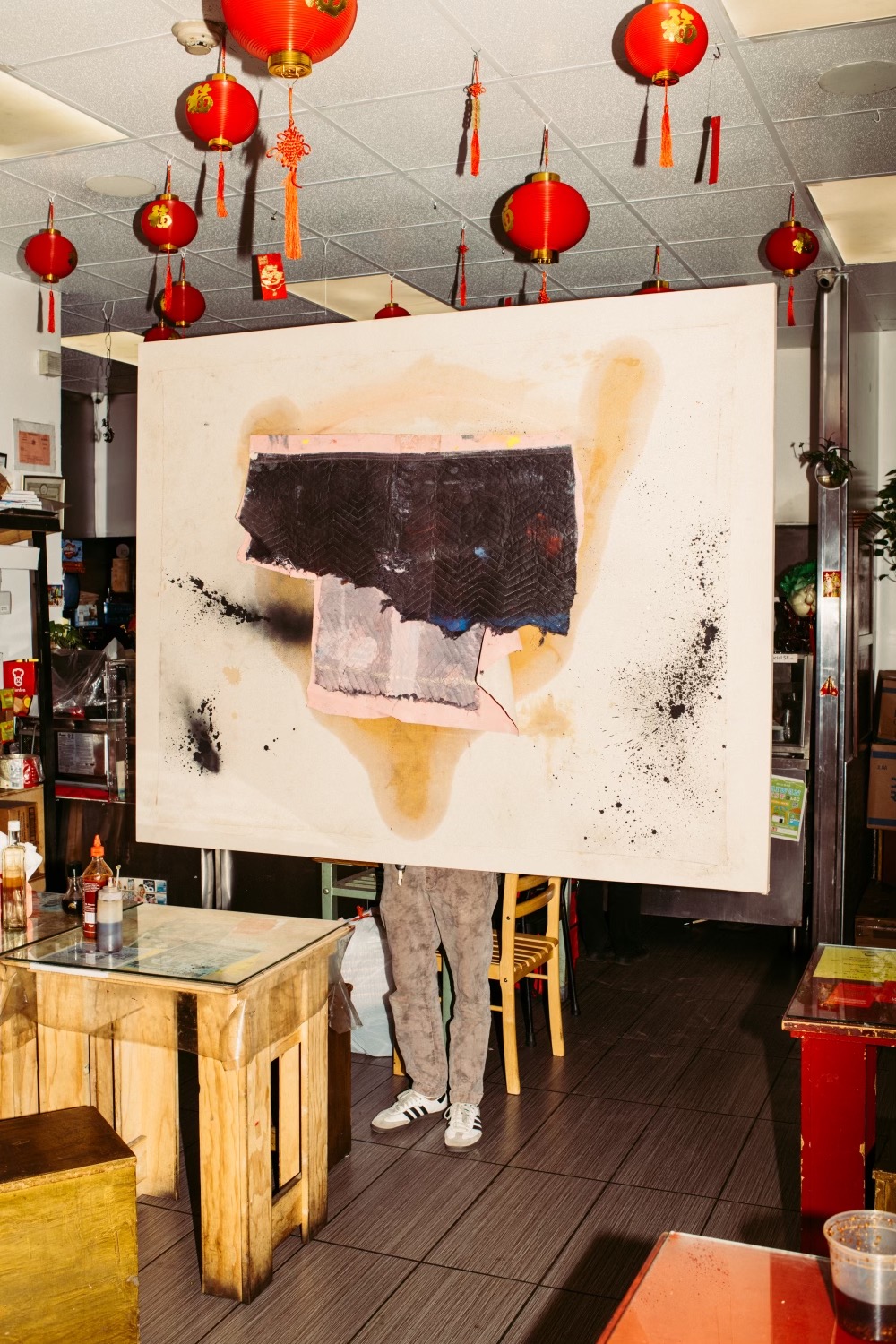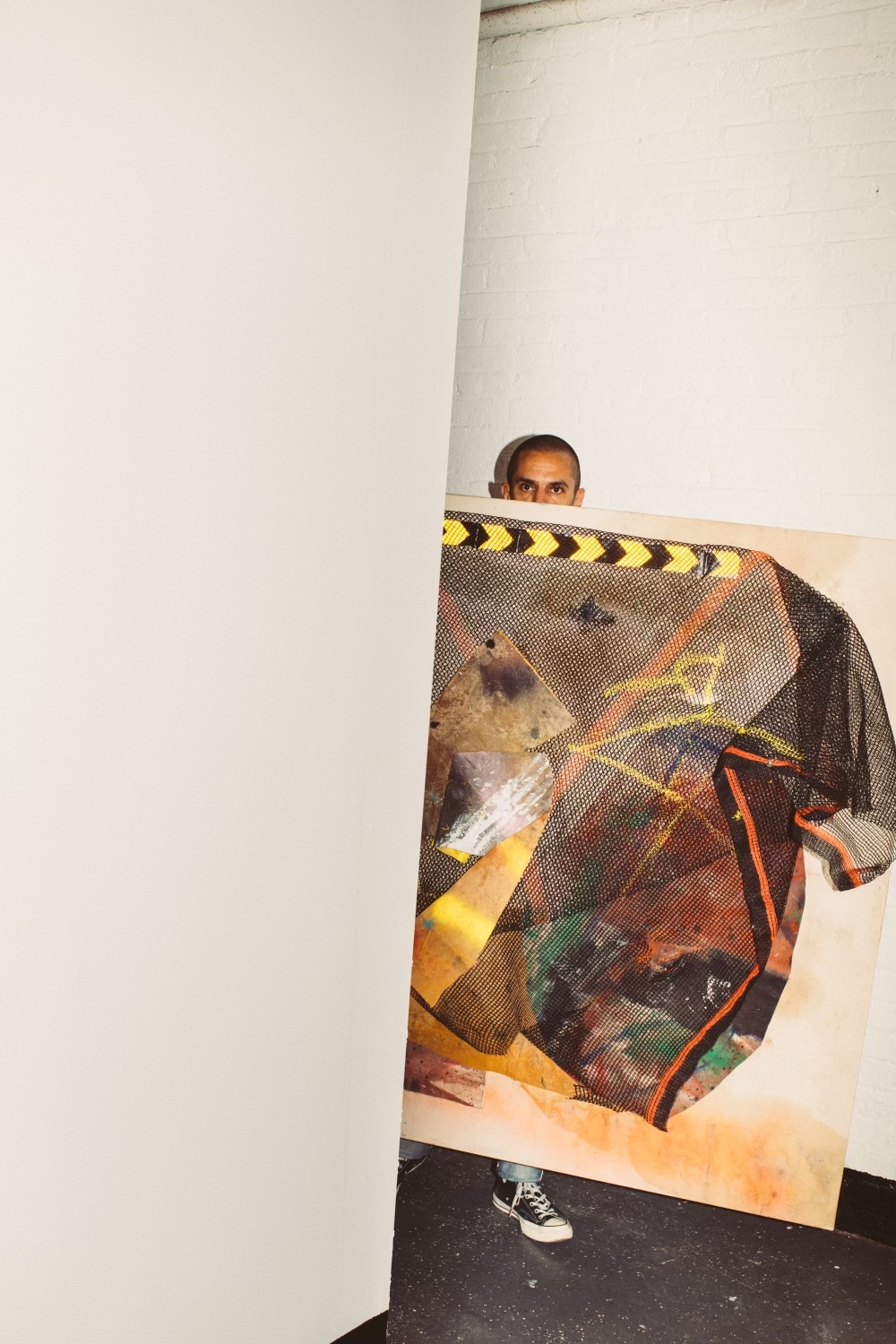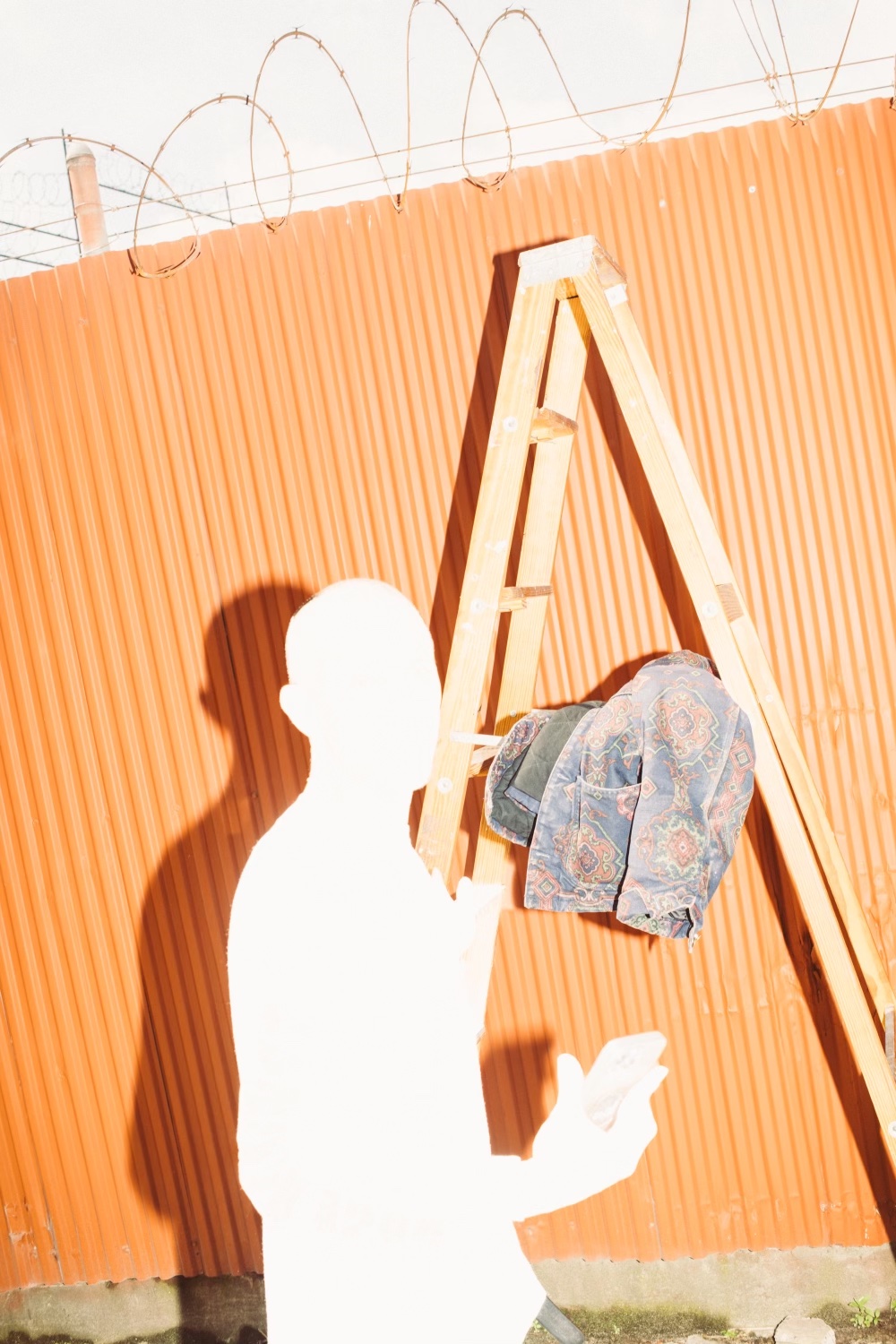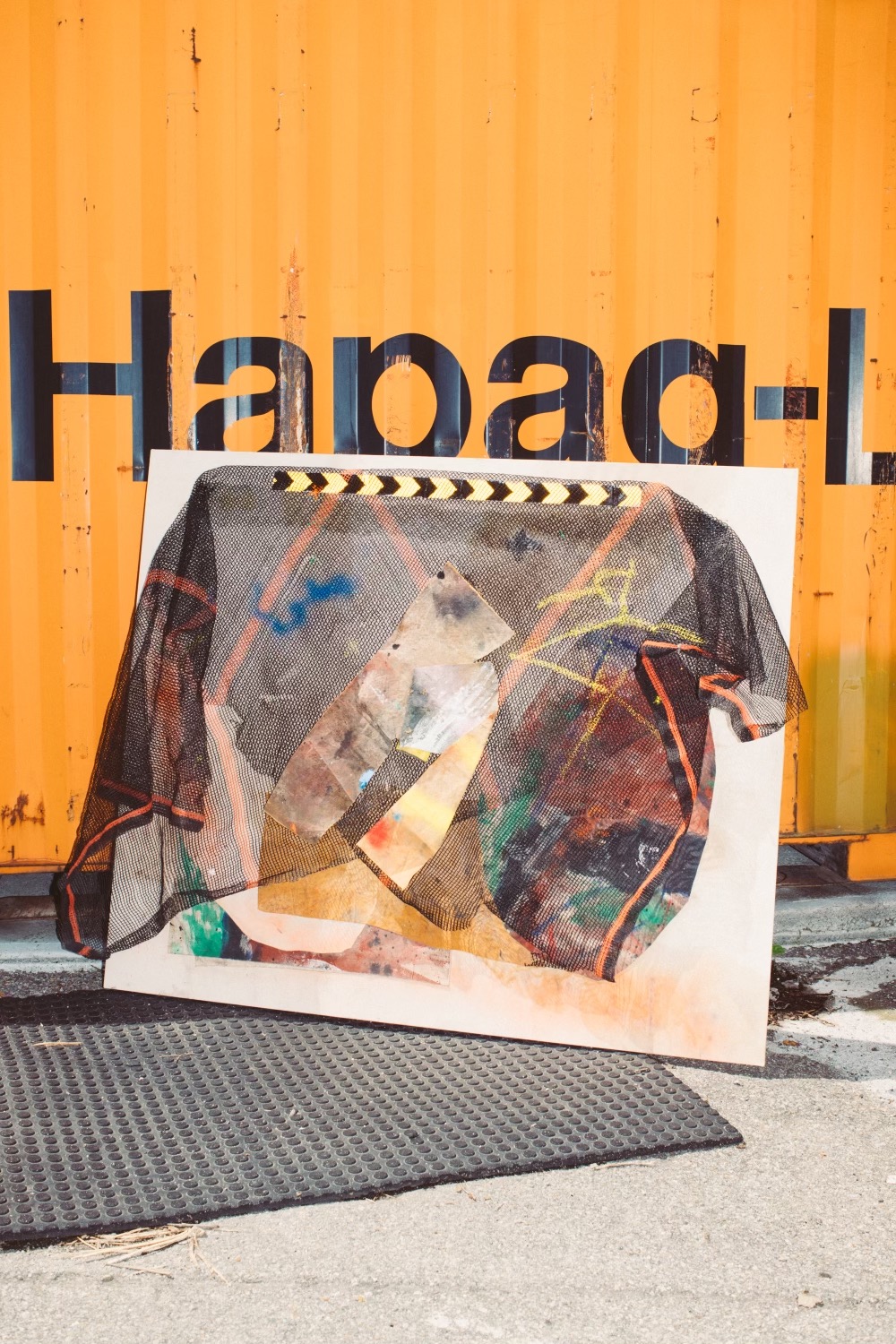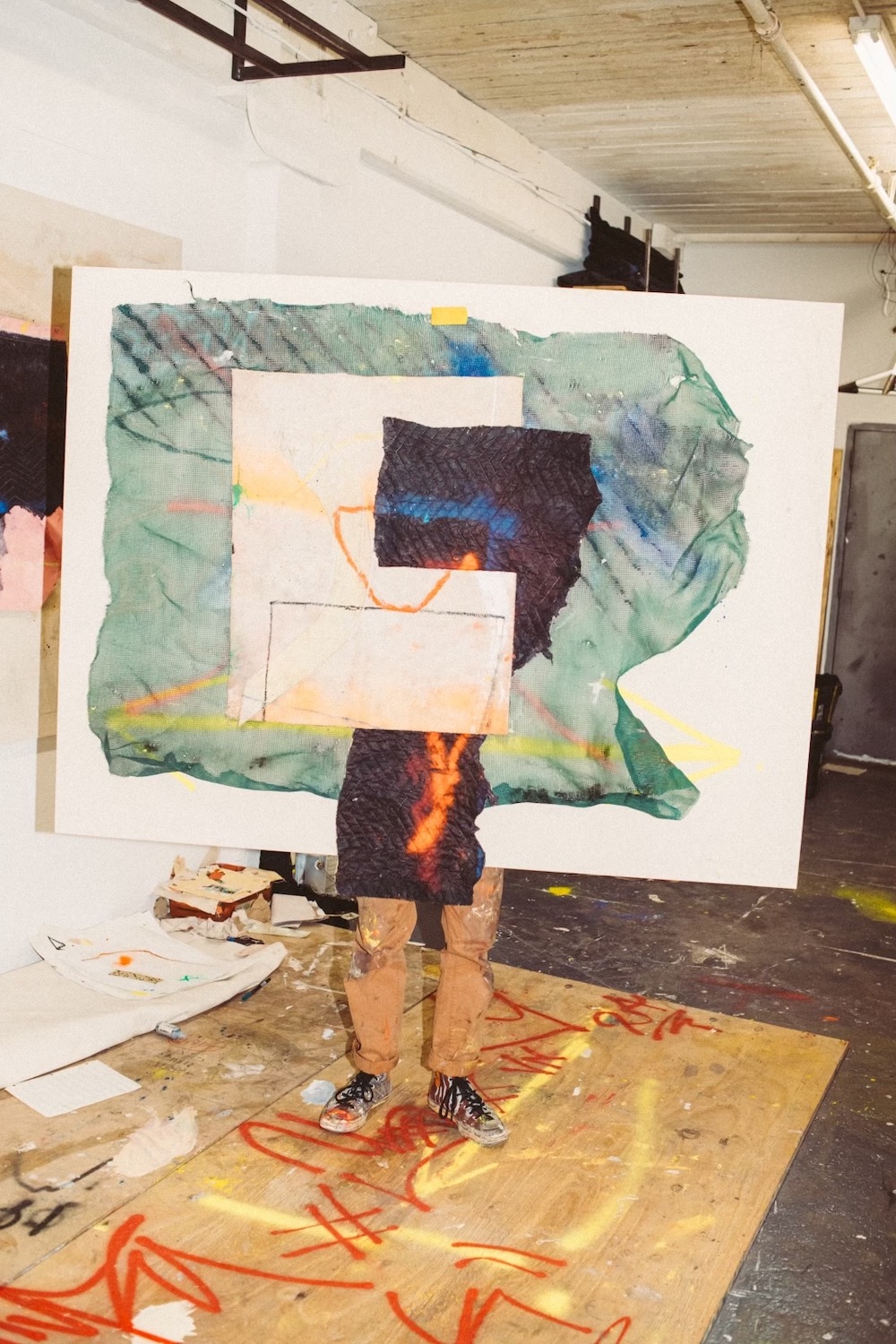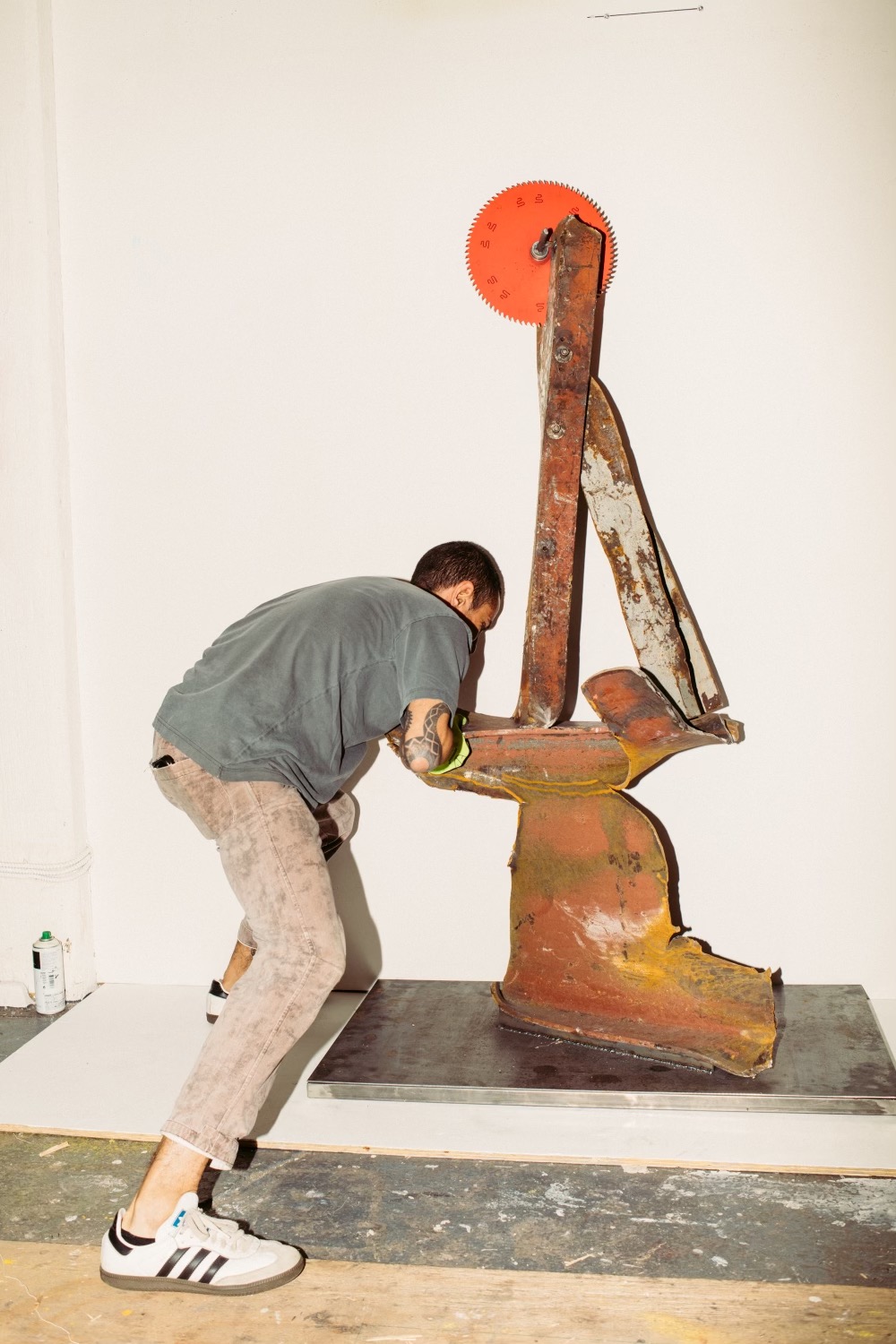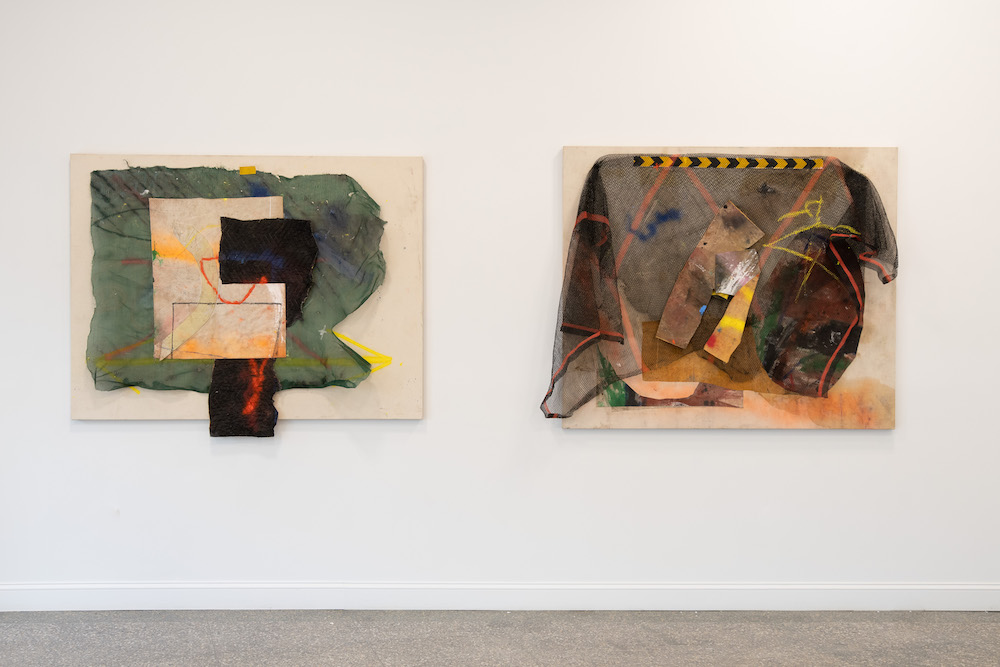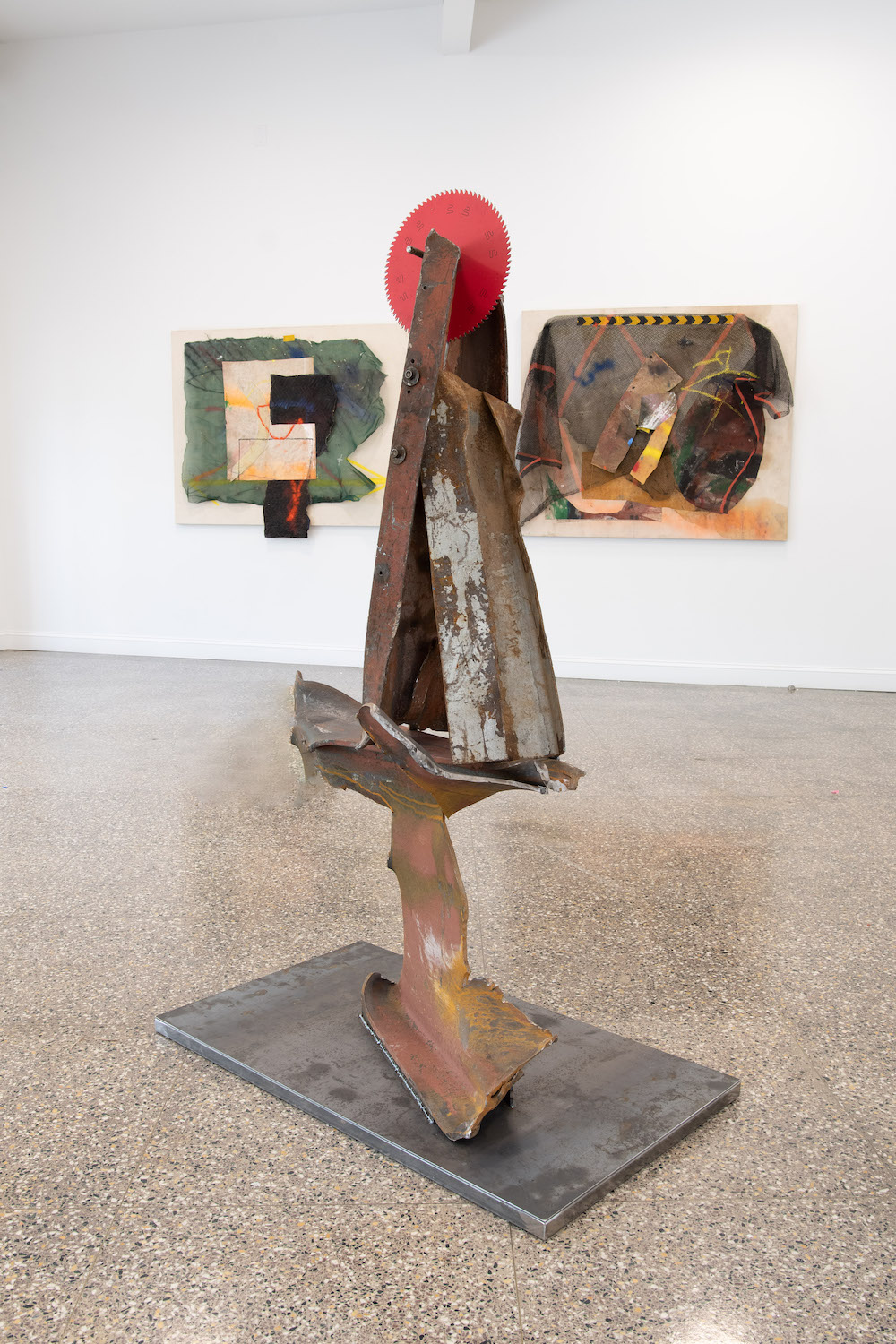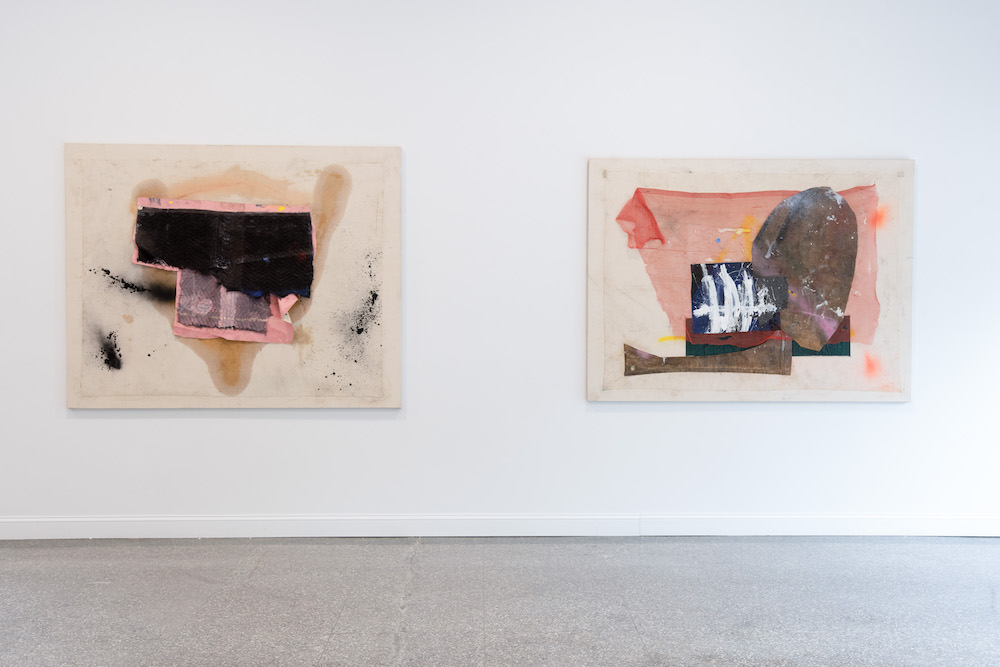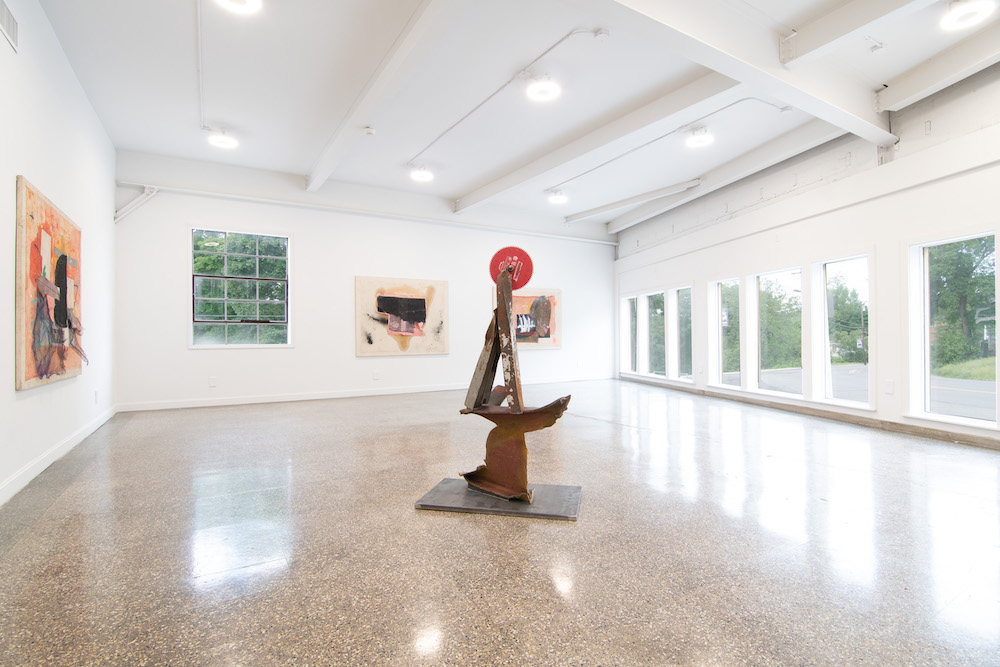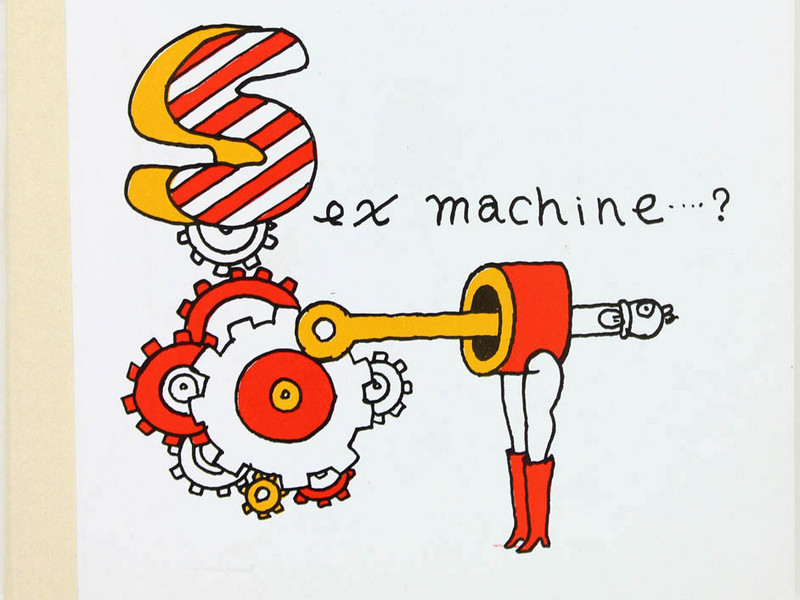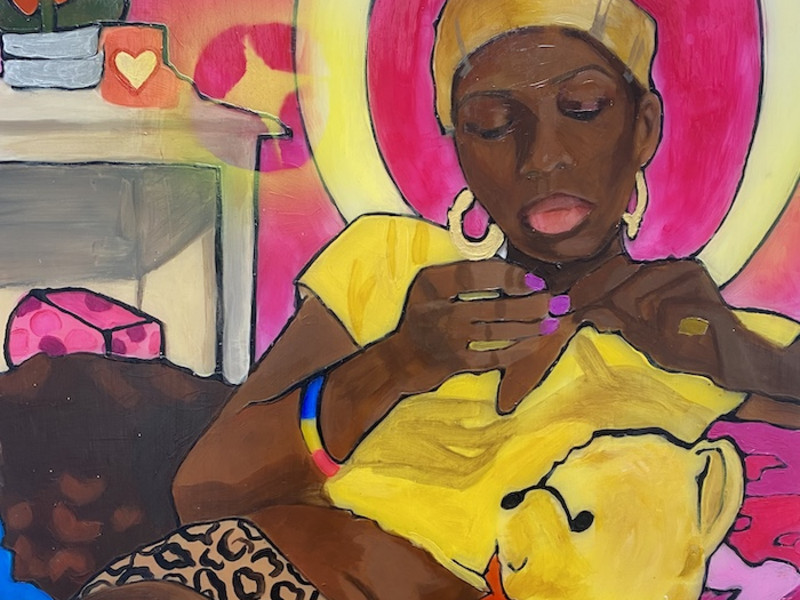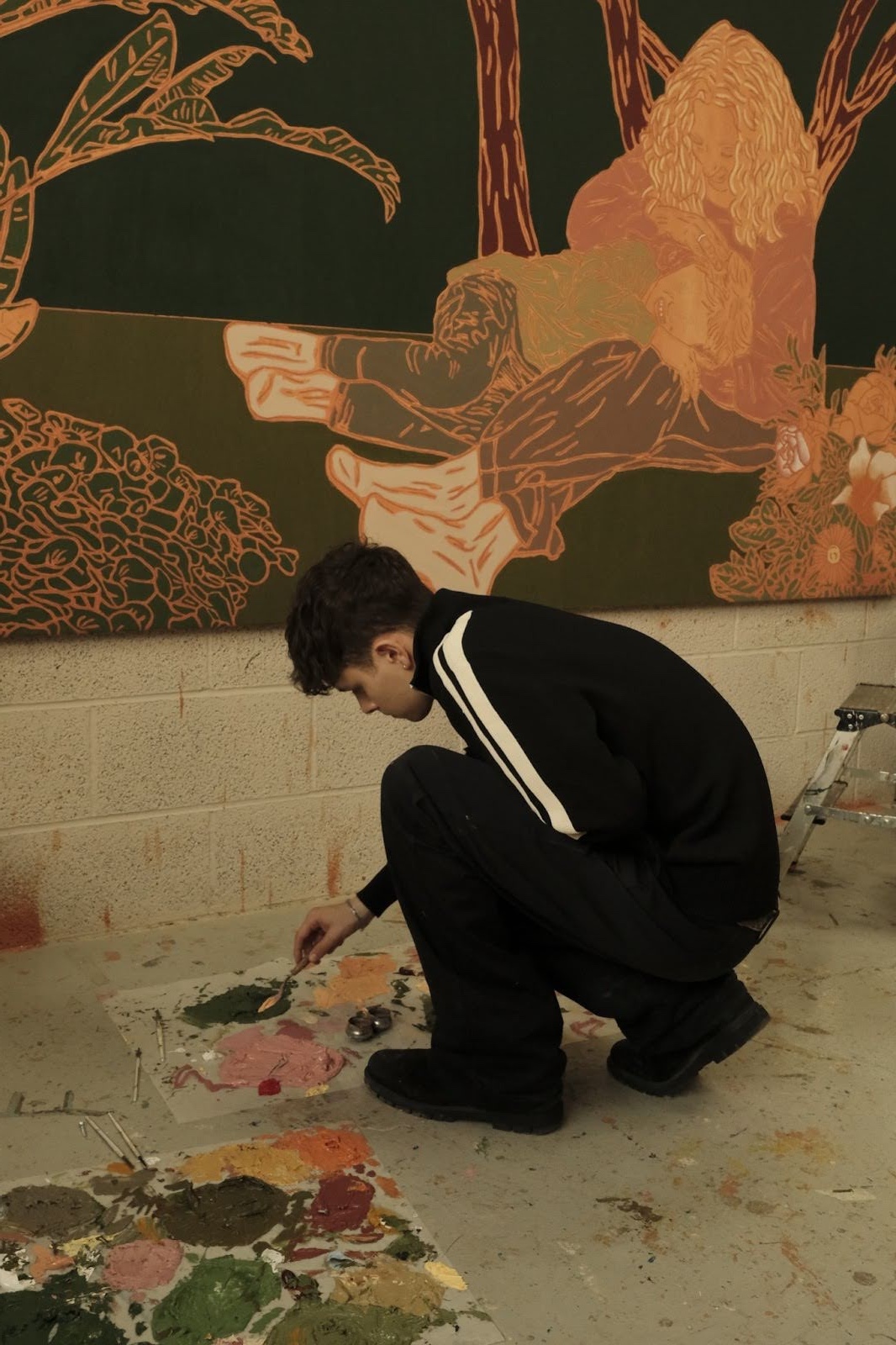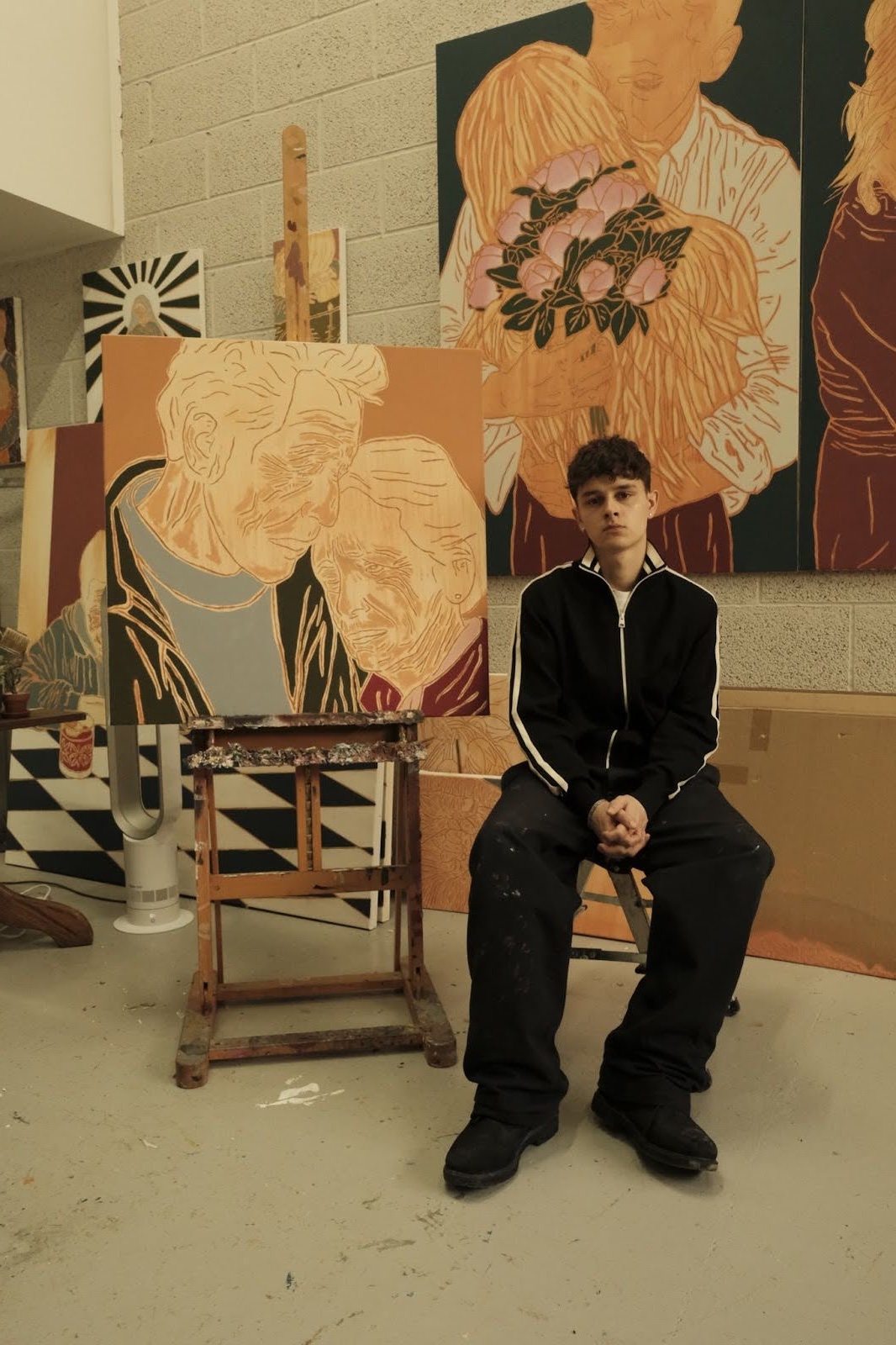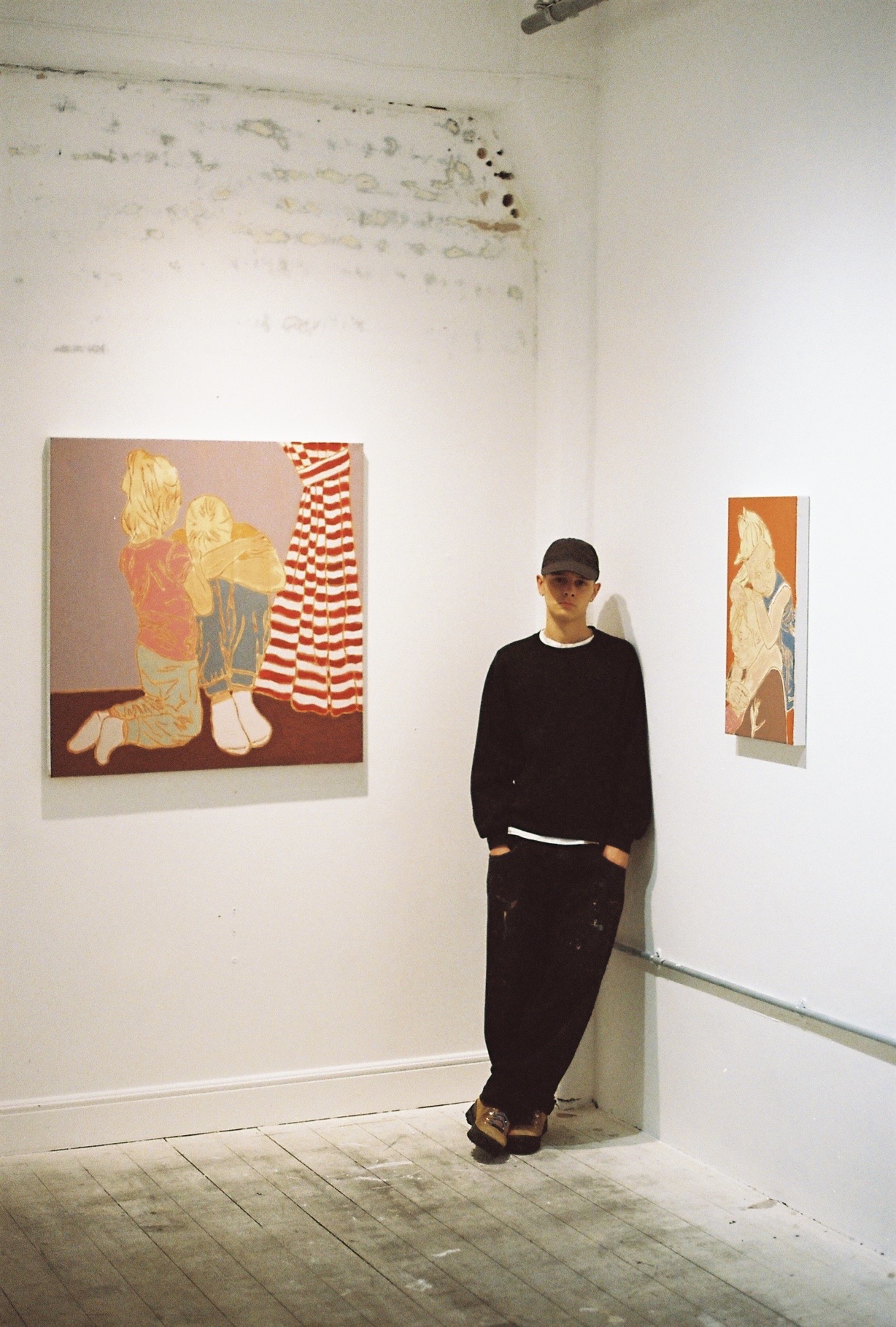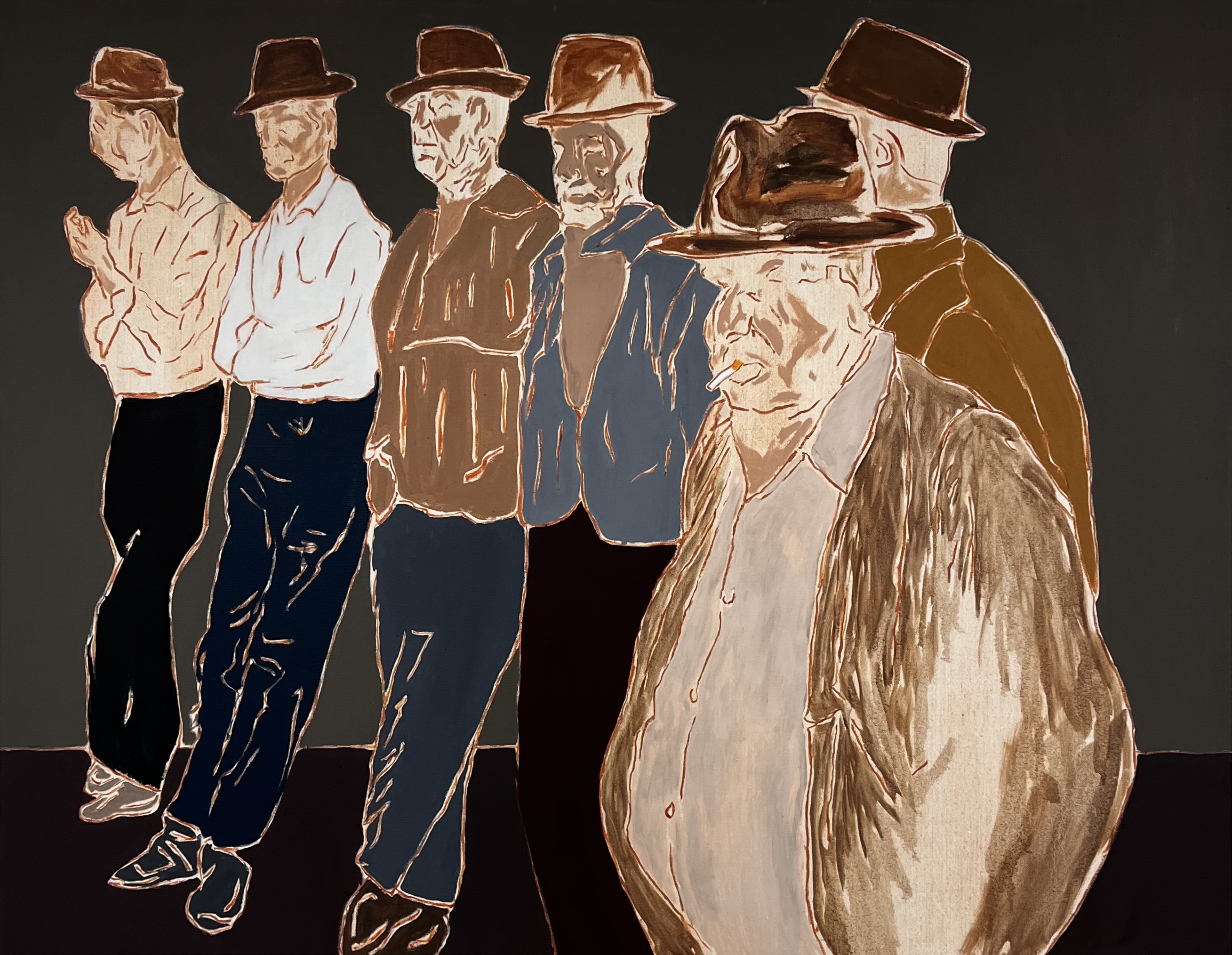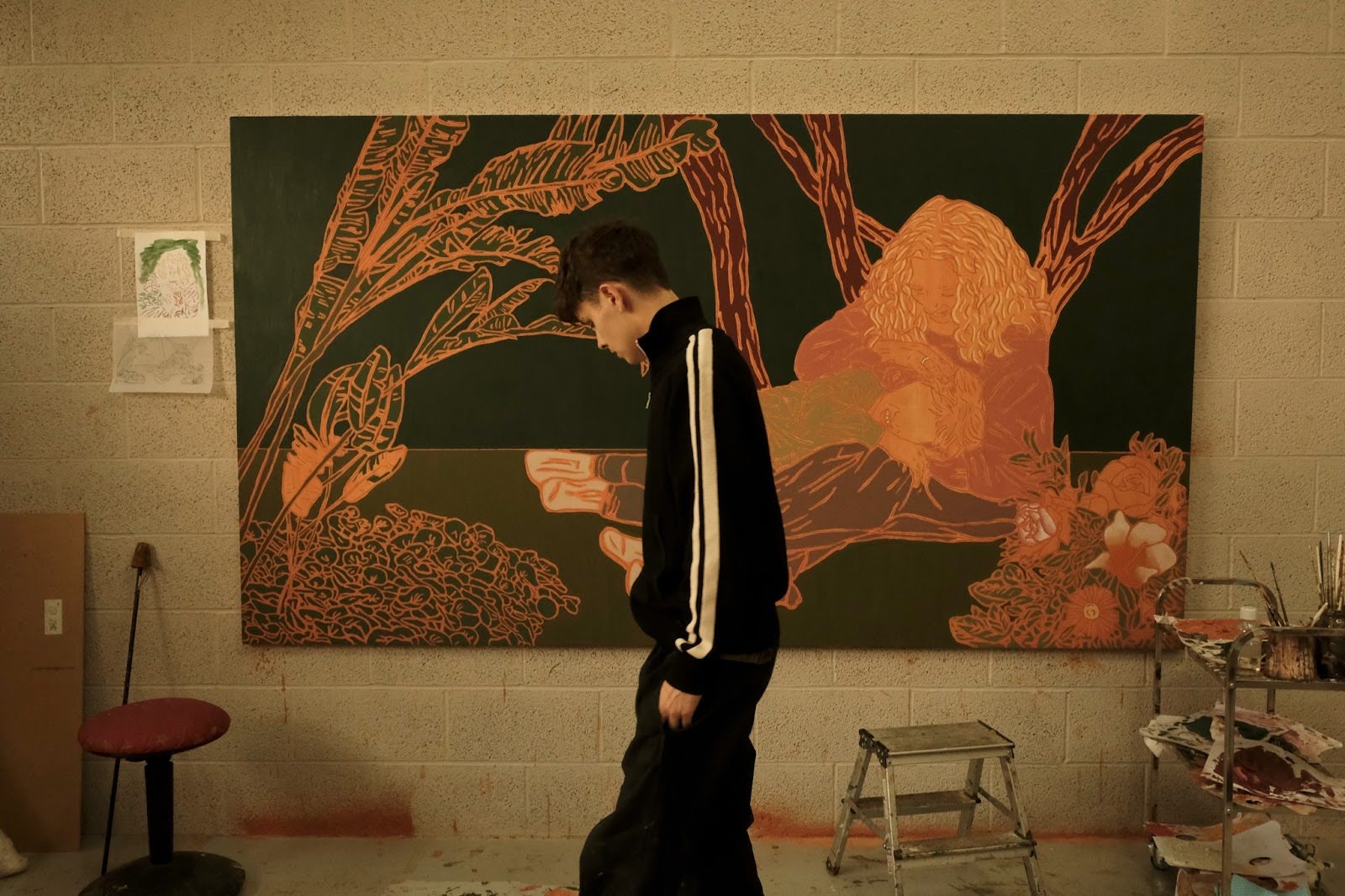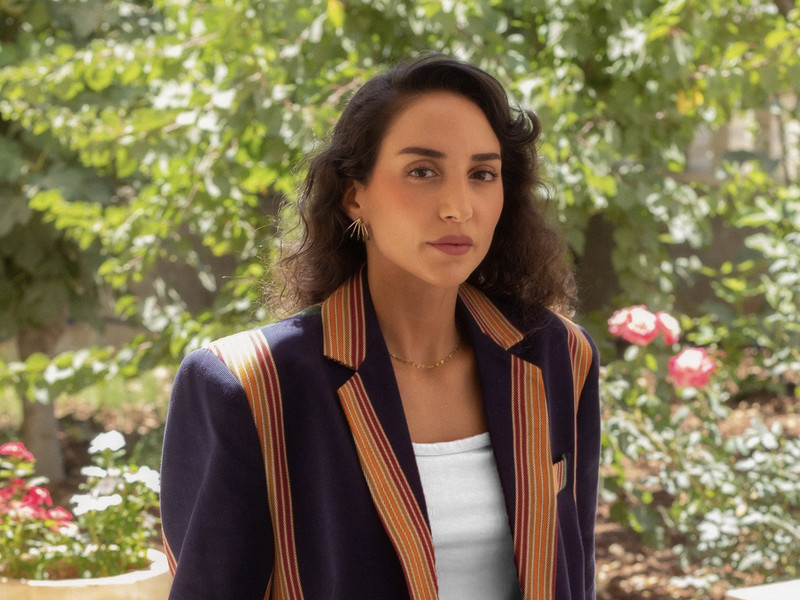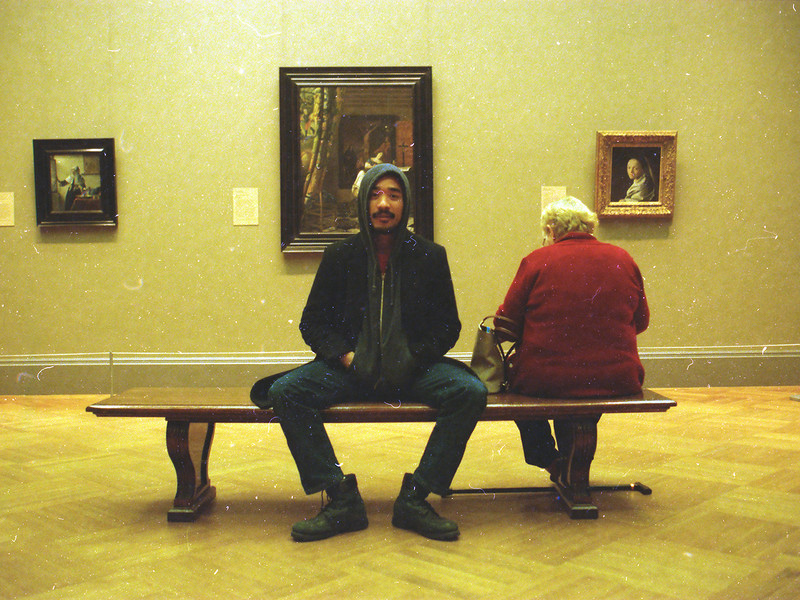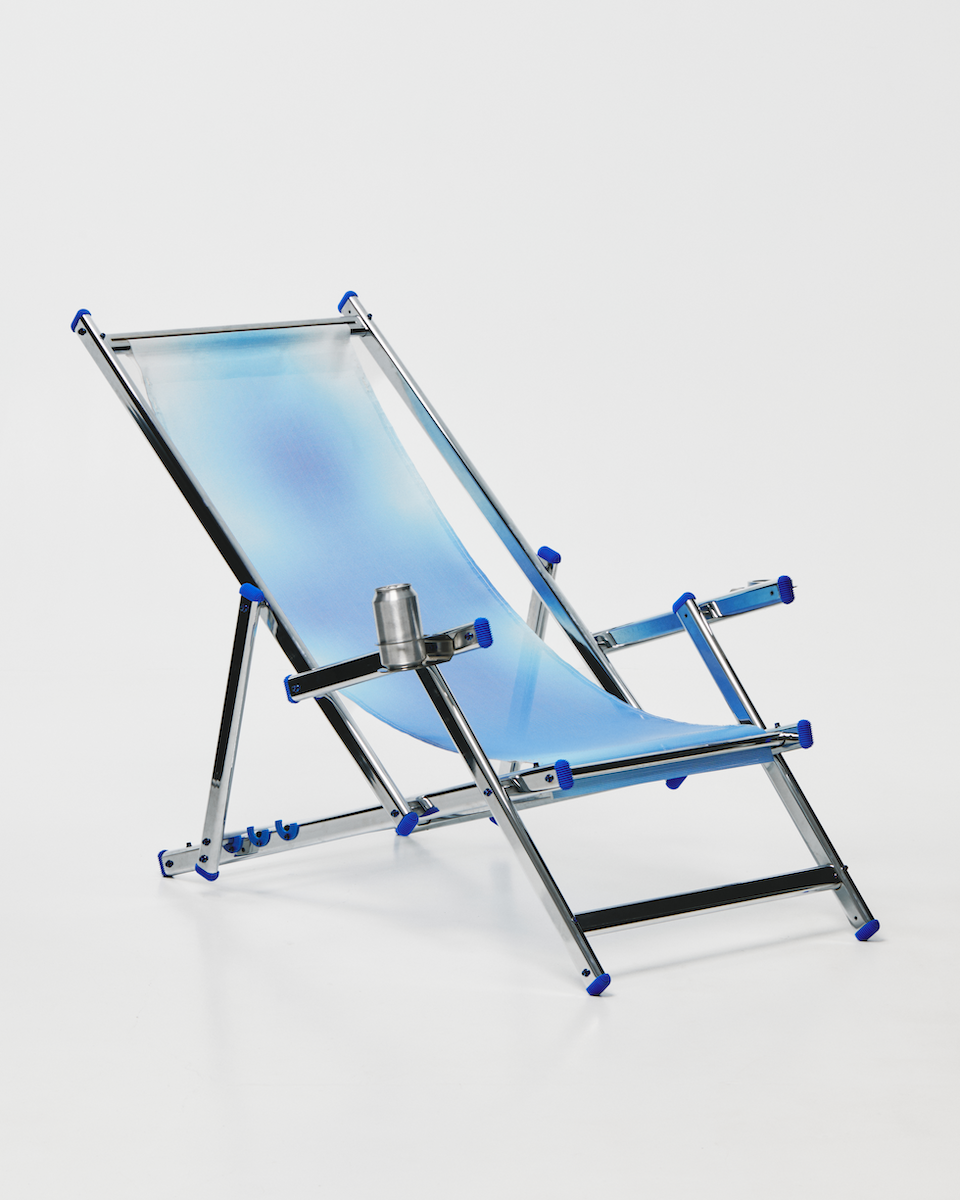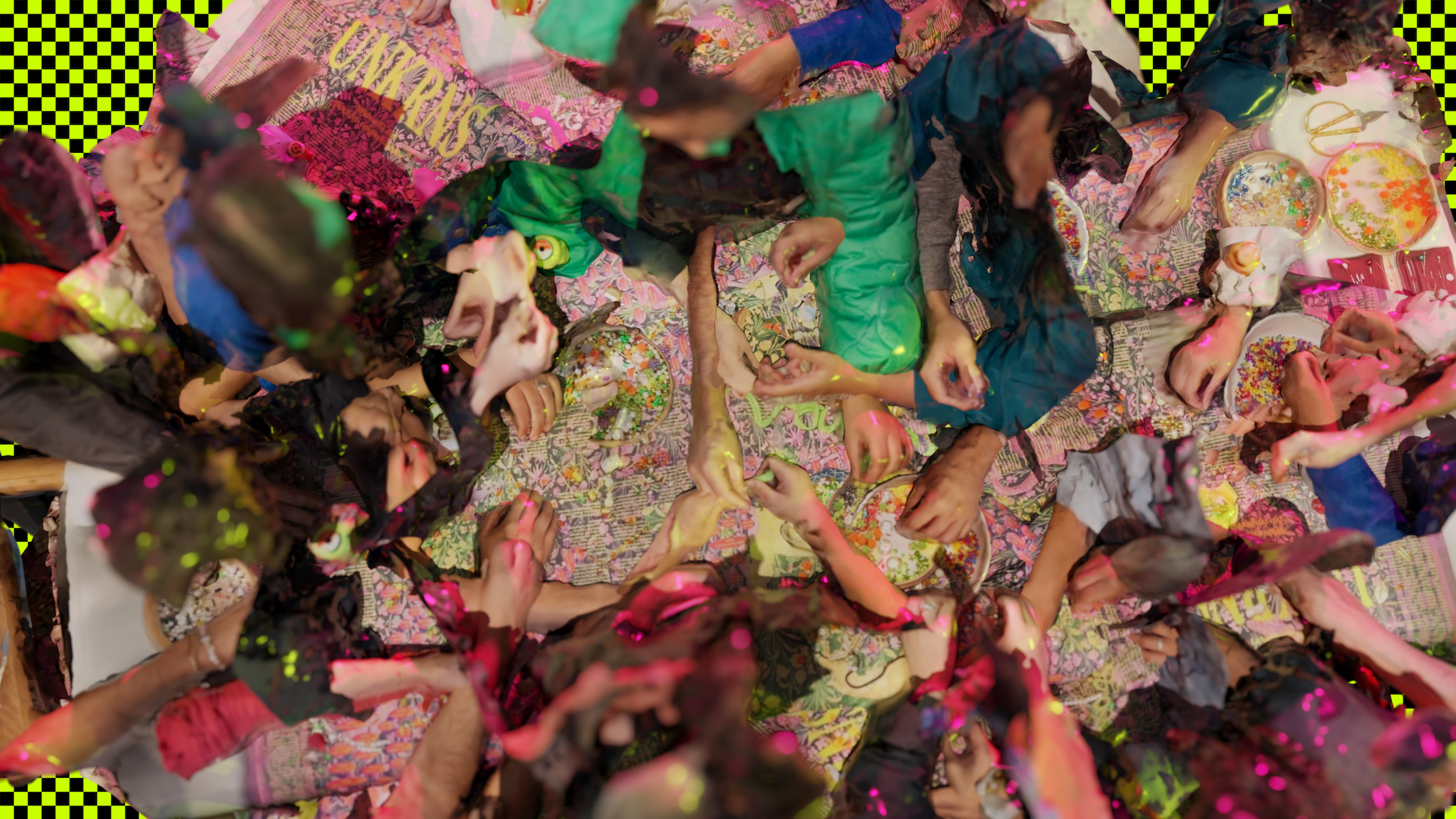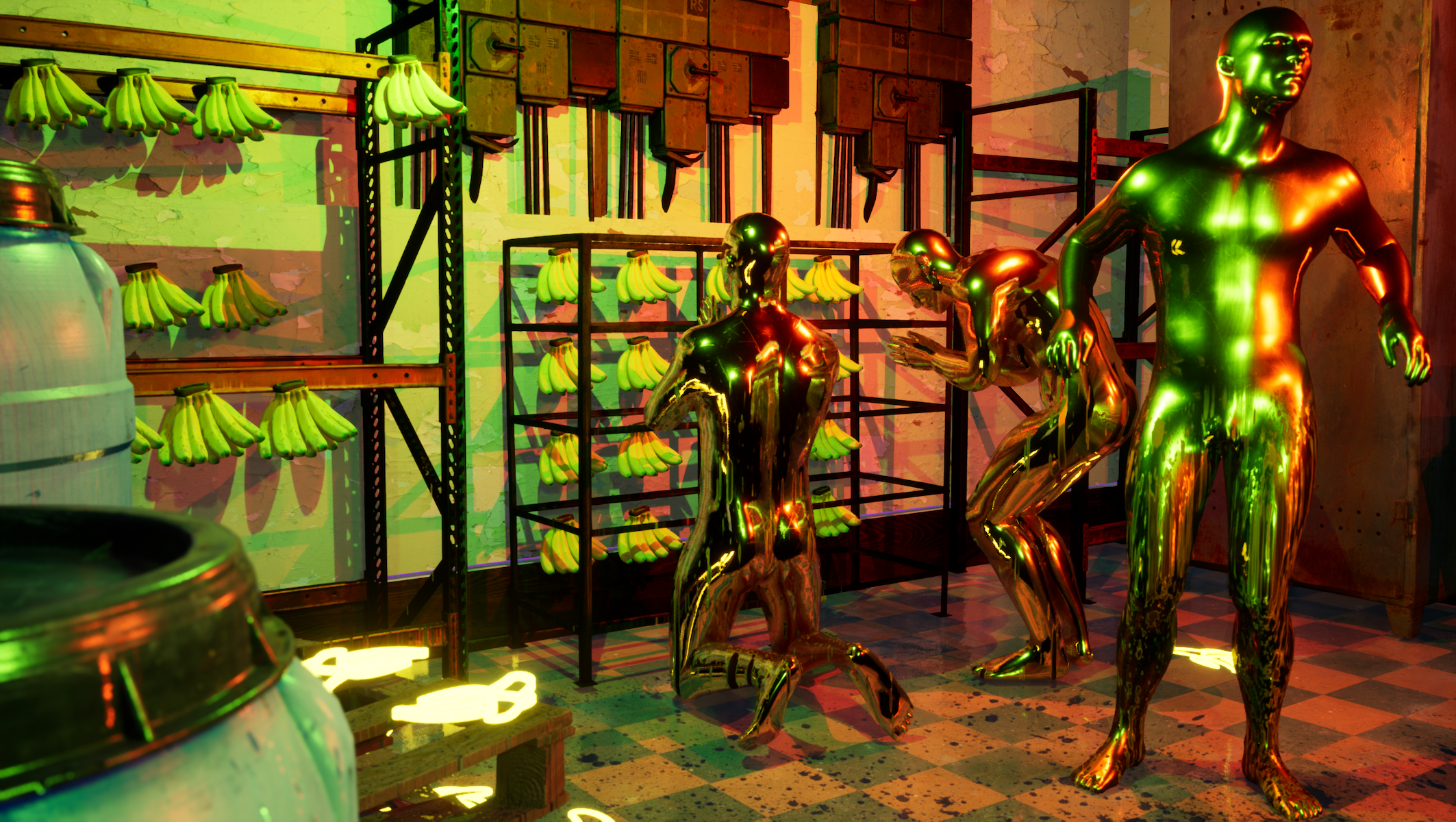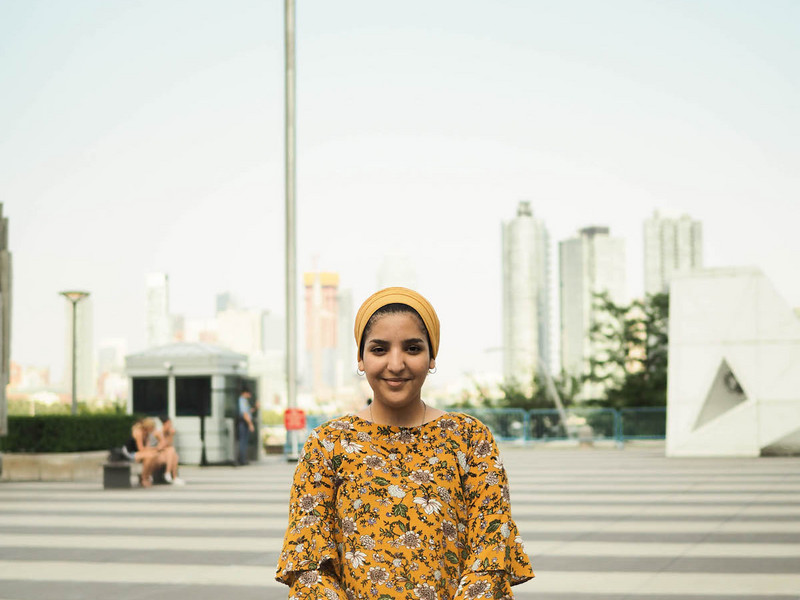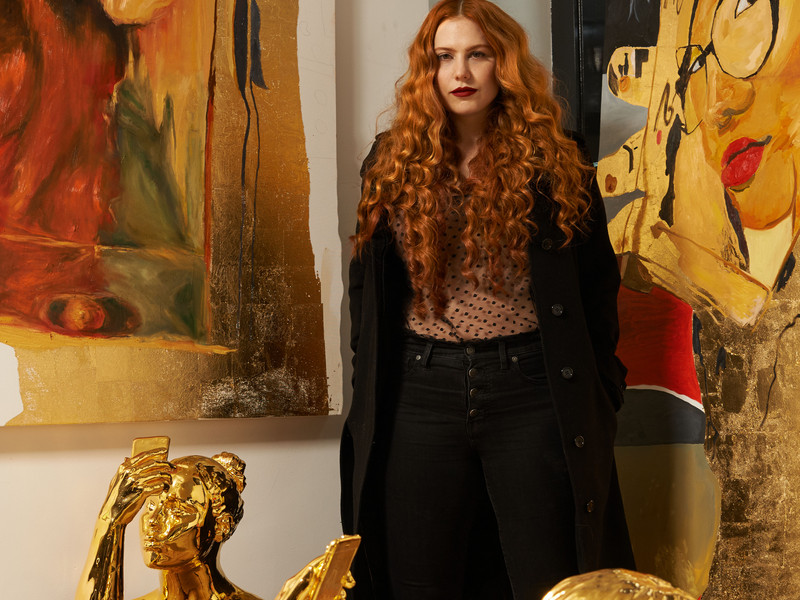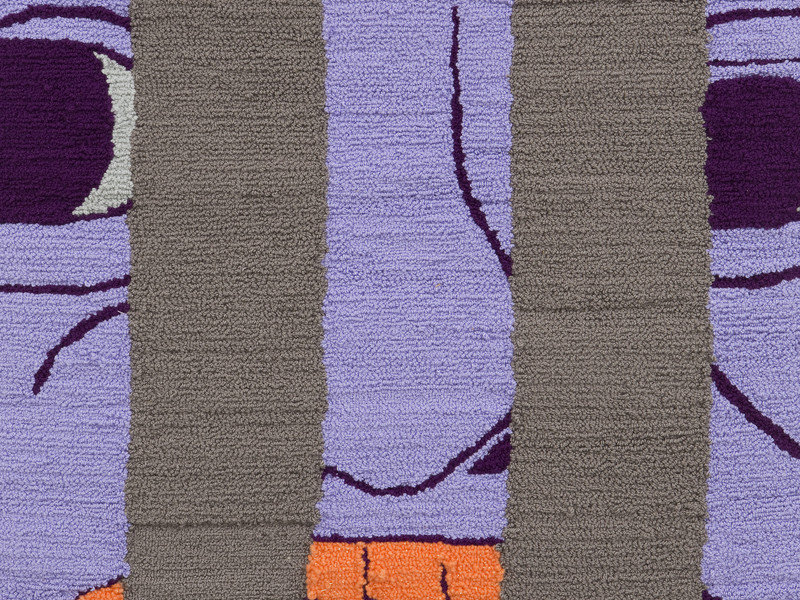I think this sense of ambiguity you’ve created in the figures is super effective. As the audience, we can apply ourselves to the work completely. It’s like reading a book where the character traits of the protagonist are left quite open, and you can put yourself in their shoes.
That’s exactly the intention. There’s no context to the pieces, no branded clothes, no specific time, or specific place. And that's what I love so much about the ambiguity, how I’ve had people come up to me at shows and say, “This painting is my grandad, this painting is my wife, this is my daughter, etc.” People are able to take what they need and what they see from my paintings. I always say that I have a story to tell, but it's not the story, it's just a story. And because my work concerns the human experience, and all these human emotions, you don’t always know the story but you can always understand how it feels. When art is too prescriptive, it loses its magic.
Your work is evidently expressive, and stemming from the self but you’ve also done some commercial work in your career. Do you feel that there is a disconnect in creating fine art for commercial purposes?
Definitely, the intentions behind the two are very different. I’ve kind of turned down quite a bit of commercial work for that reason, partly time — if I’m painting, I want it to be something I want to paint. But on the other hand, there has been commercial work that I’ve enjoyed, like painting guests at an event for Miu Miu, where I got to practice painting in a completely different environment and timeframe.
Now you’ve done these super cool collabs with some major brands, but rewinding to your beginnings as a younger, less established artist, do you feel that there is enough support for aspiring creatives in the industry?
No, there’s literally no support. At the time, I remember thinking “Why isn’t anyone helping me out?” but in hindsight, it actually forced me to do things like throw my first exhibition at fifteen. And for bigger opportunities, and working with brands, I’m so glad those things are happening now instead of back then because I wouldn’t have been as ready back then – it forced me to realize that the work wasn’t there quite yet so I had to keep working and improving. I feel like I’m still very much in that phase of trying to get better and better and better, to put myself in the best position possible.
Experiencing how there aren’t many spaces for aspiring artists to showcase their work, inspired me to put together things like group shows. In 2021, I was working with Converse at the time, and pitched them the idea of an artist group show. They were down, so we were able to give fifteen artists the space to showcase their work. It gave a lot of these less established artists the opportunity to show their work in a more professional setting, and larger platform. And we did another one again about two months ago. I want to keep doing these things for sure, it’s building communities around art.
It's great that you’re creating creative spaces that didn’t exist for you when you were starting. I’m also curious to know, with time and practice of your art, has your creative process evolved?
Yes, definitely. I plan my pieces a lot more now. Especially for these larger ones, I plan them quite meticulously. A lot of the time, artists say that they won’t know what their end product will look like, but for me, I pretty much always know what my paintings are going to look like. The colors might change, but compositionally I know where everything is. And this is mostly because of my process with the line work — it being the very first layer I work with. Once I add the color blocking on, I can’t go back and add the lines back on top of it because it has to sit on the original layer of the canvas. I guess my paintings are kind of like coloring inside the lines. A lot of artists can let their painting process guide them to the final product, but I find that I need to be quite aware of my planning and end goal.
Nowadays, I also work on pieces simultaneously and it helps me build a cohesive body of work. For example, I’ll be working on a piece with a certain color, and then I’ll go and apply that same color to another piece that I’ve started. The look of one piece will end up influencing the other pieces around it.
That’s interesting, do you also feel that working on one painting sparks inspiration for the concept or subject matter of another painting?
Definitely, yes. For example, this piece I’m working on right now for Tate Modern, it’s influenced by another piece at the gallery, but one of the reasons I chose that piece is because it visually connects to my flower series paintings, so kind of referencing the other pieces I have worked on. Often, I’ll paint a certain subject matter, such as Mother and Daughter, and will continue that subject matter in multiple of my pieces.
